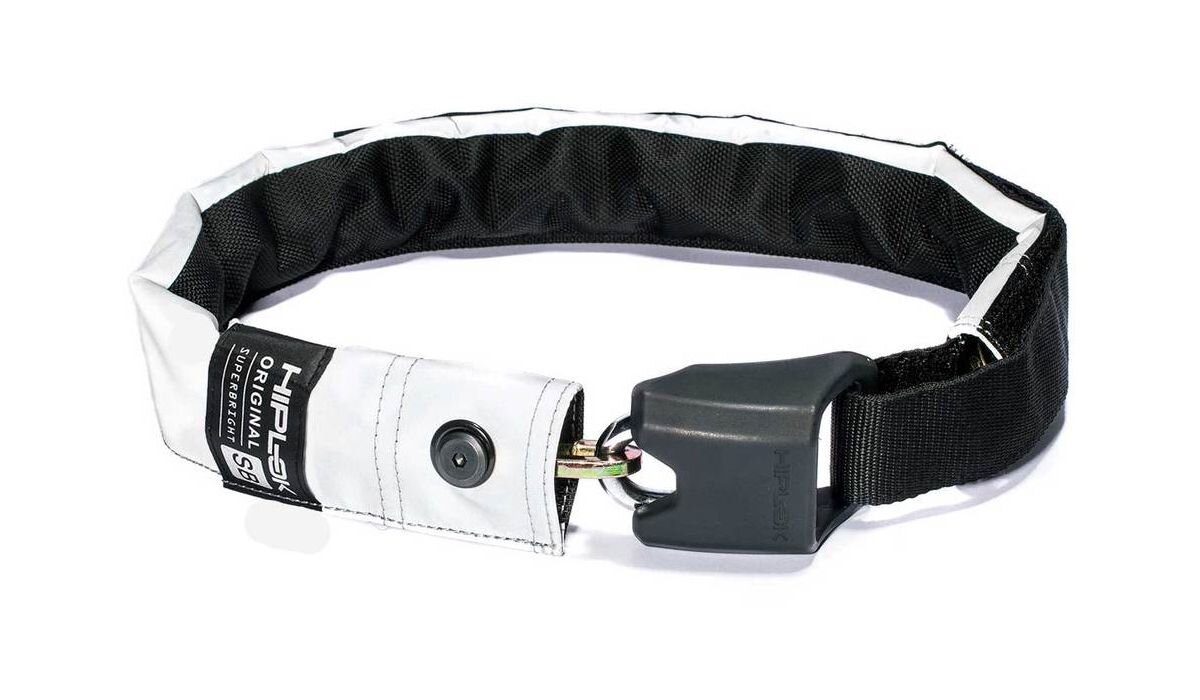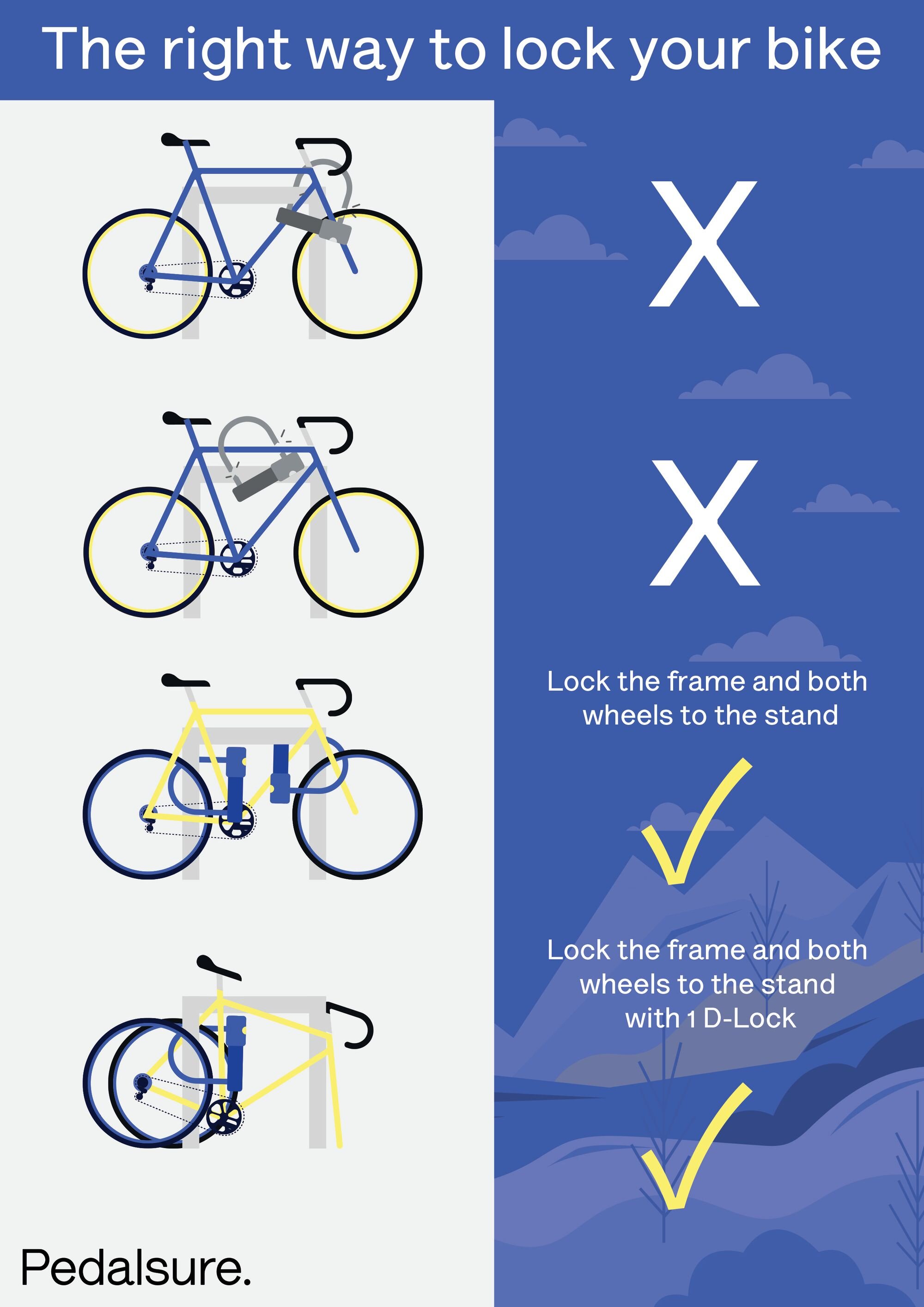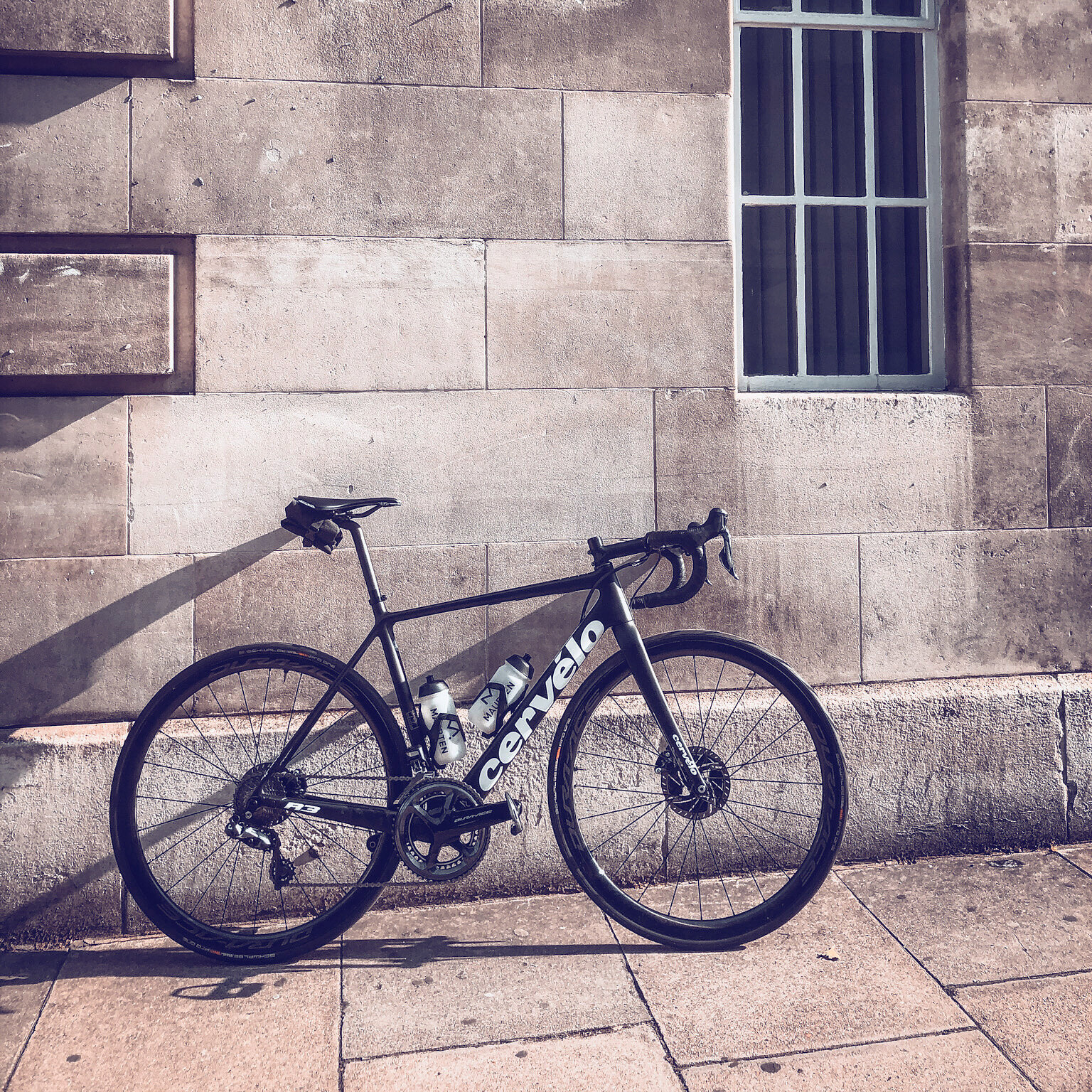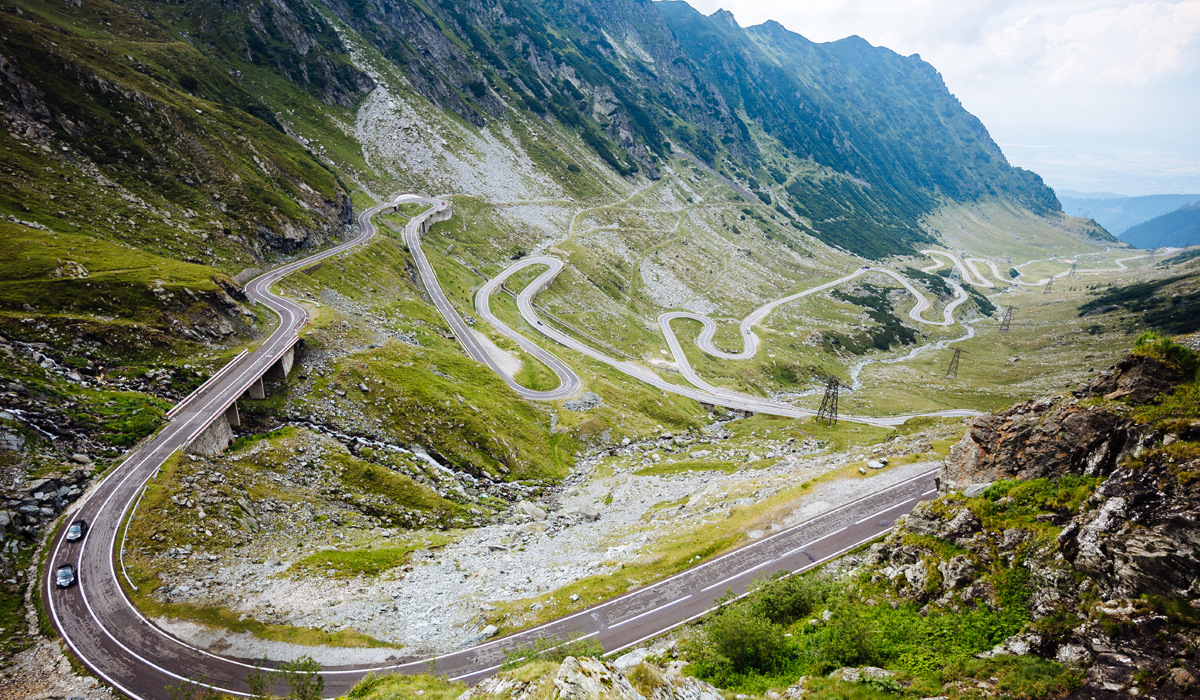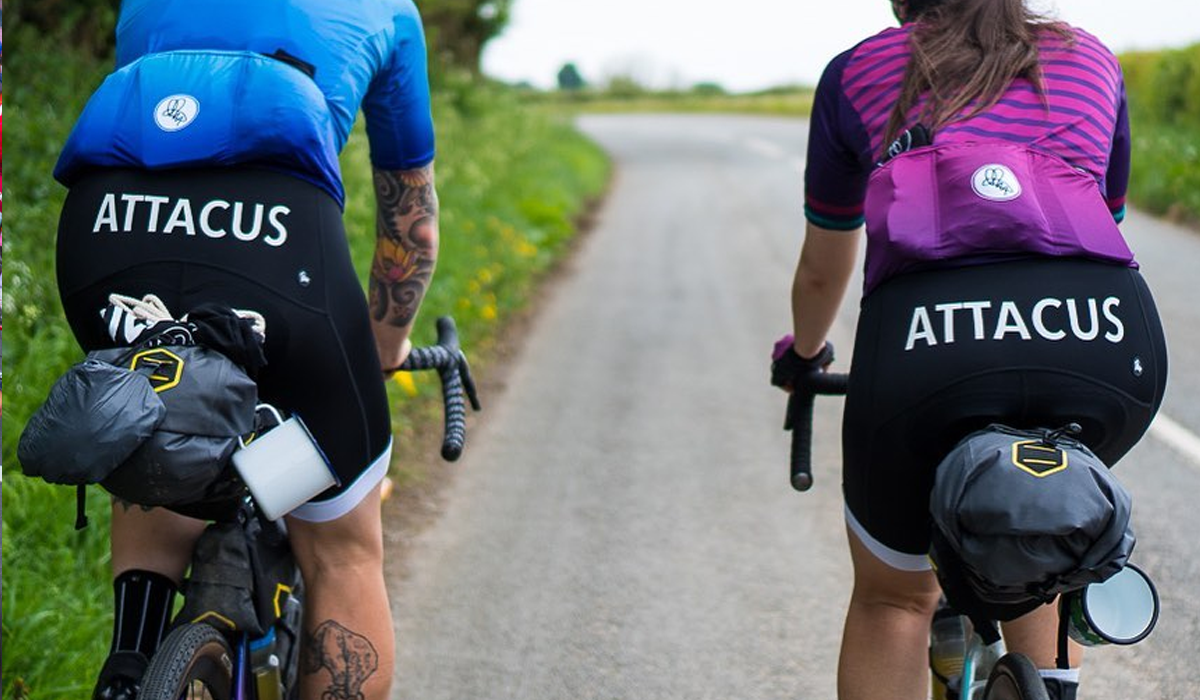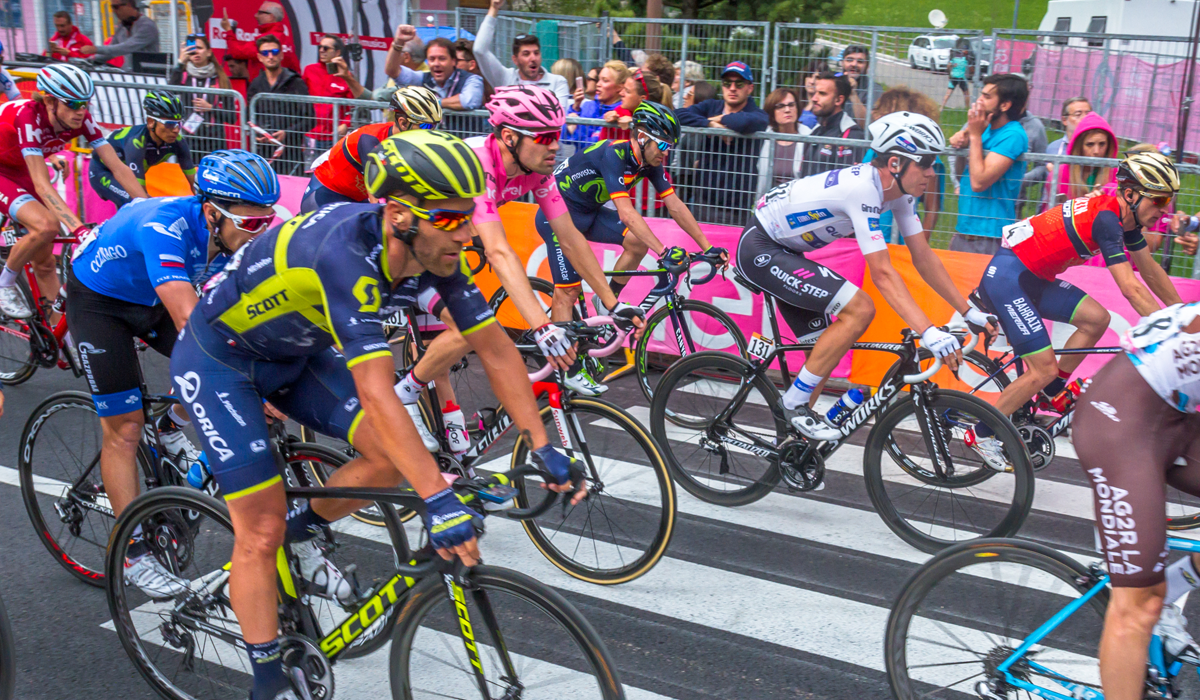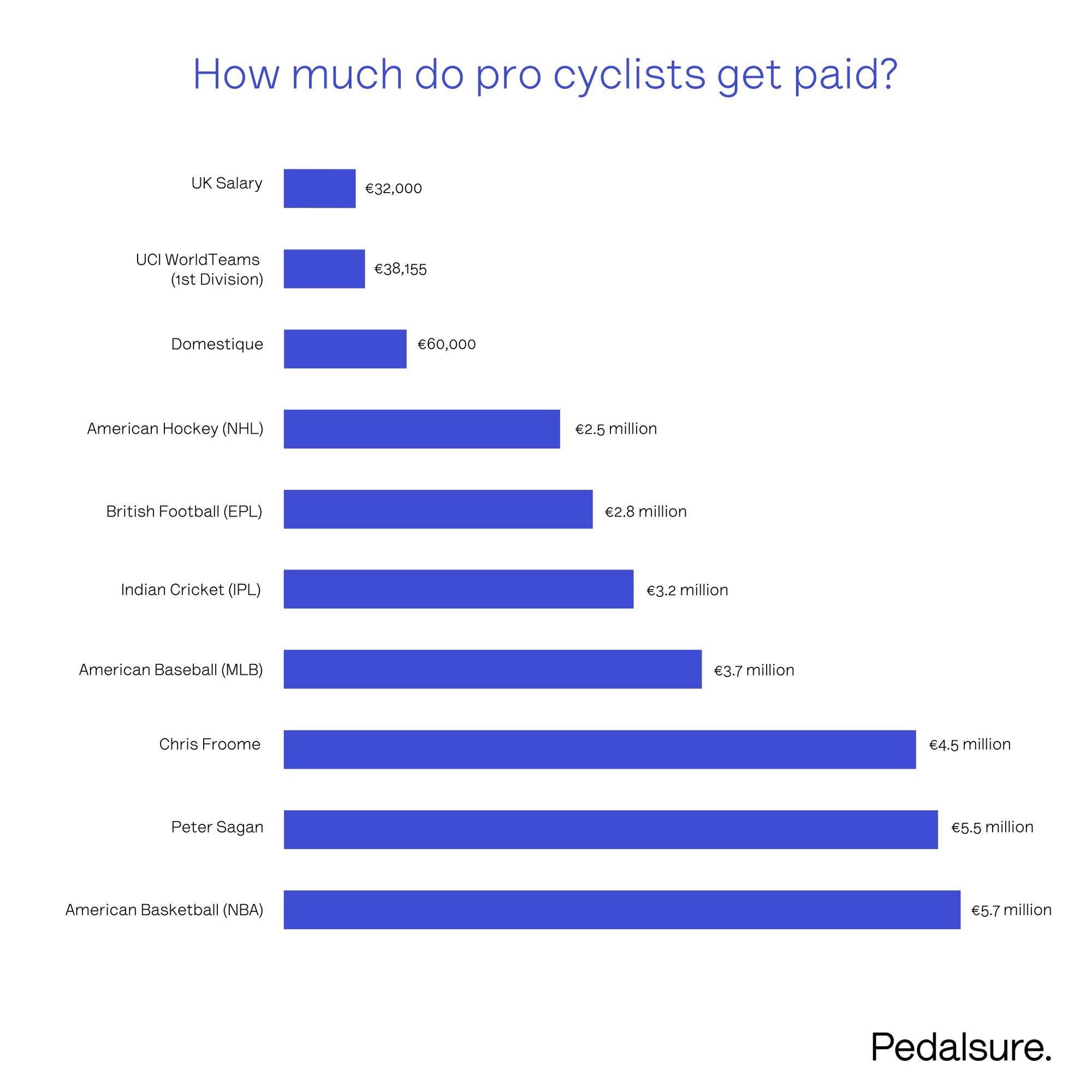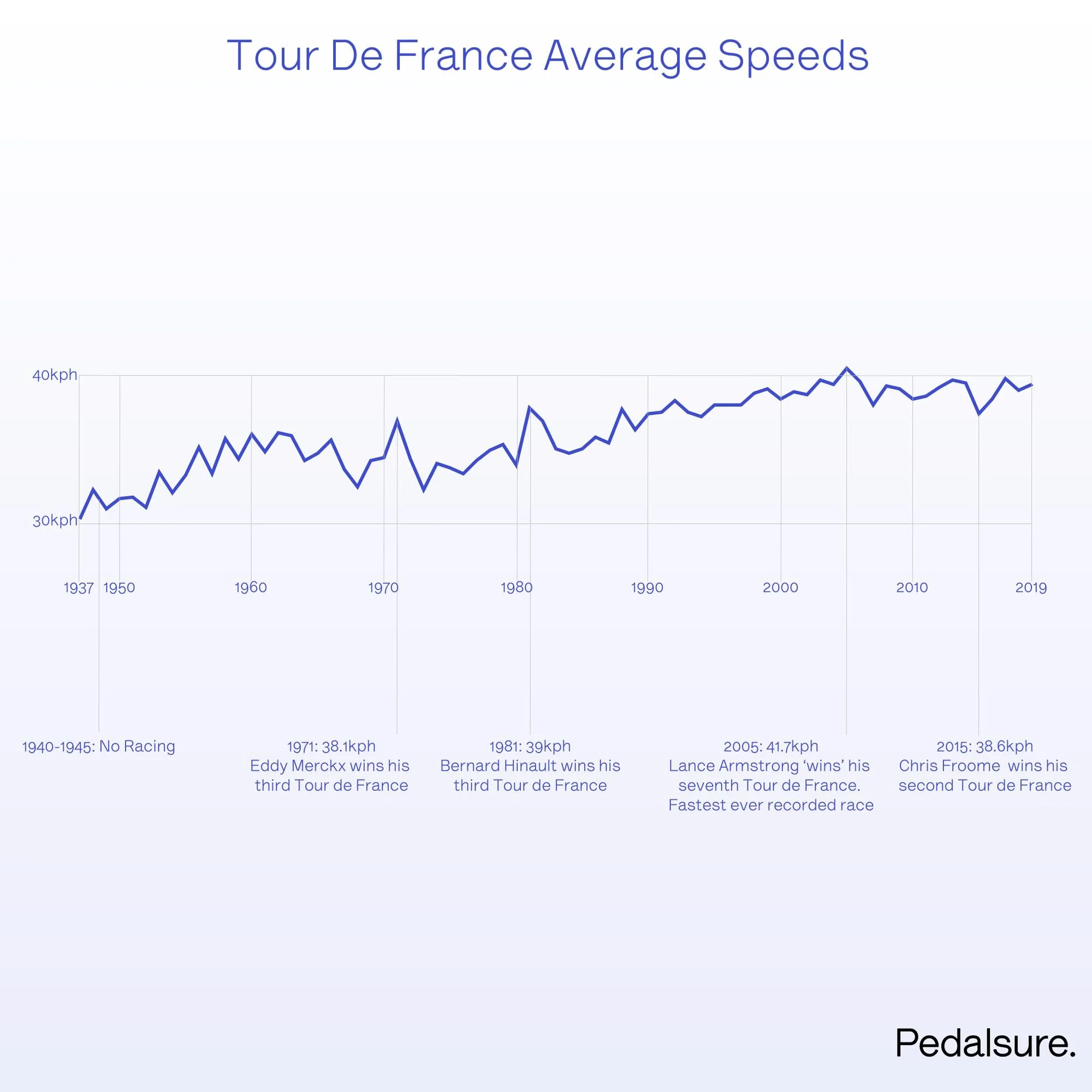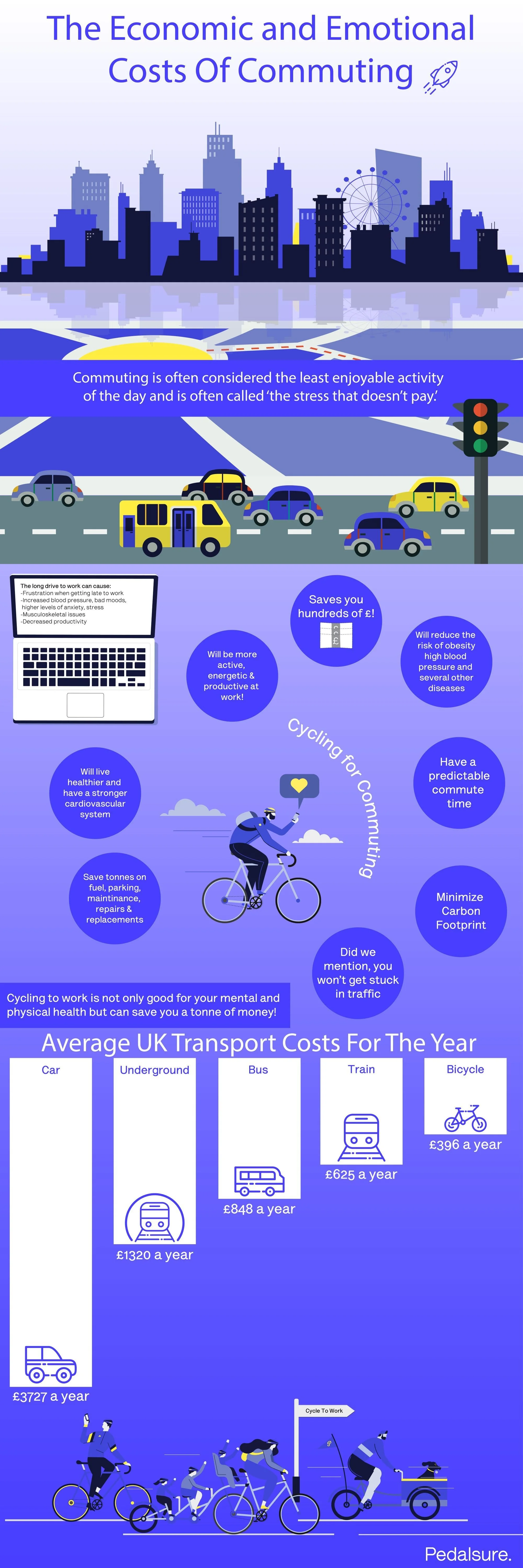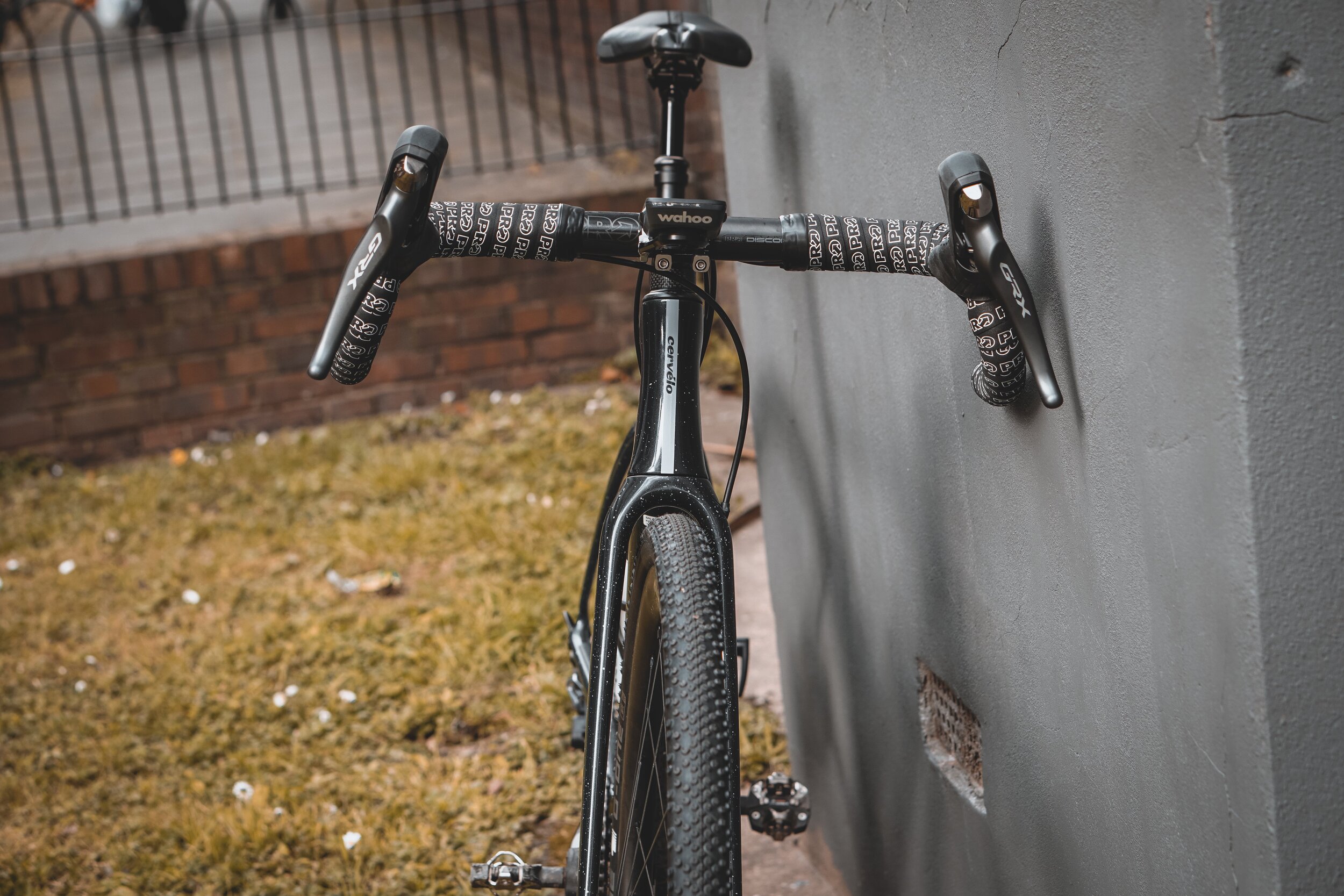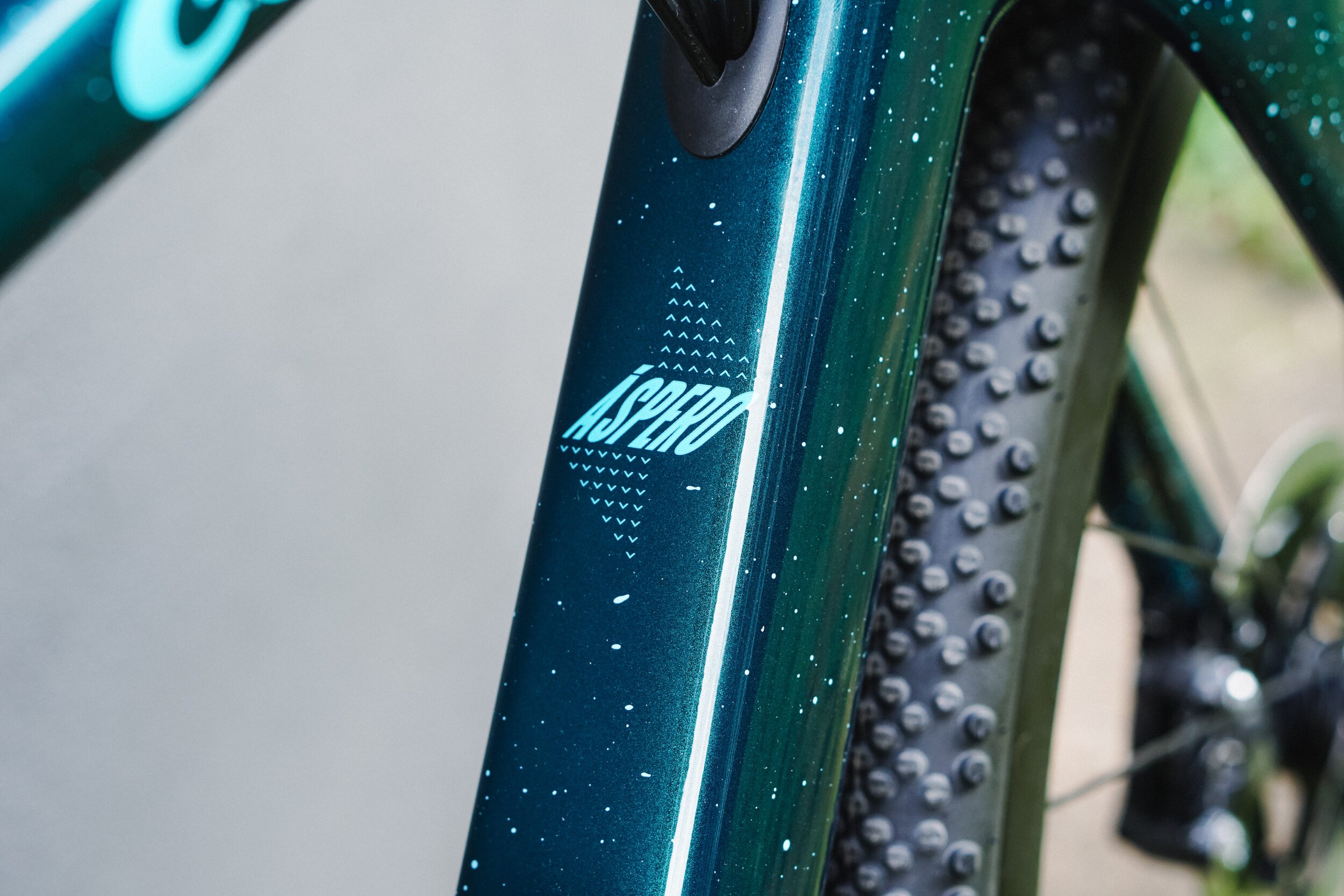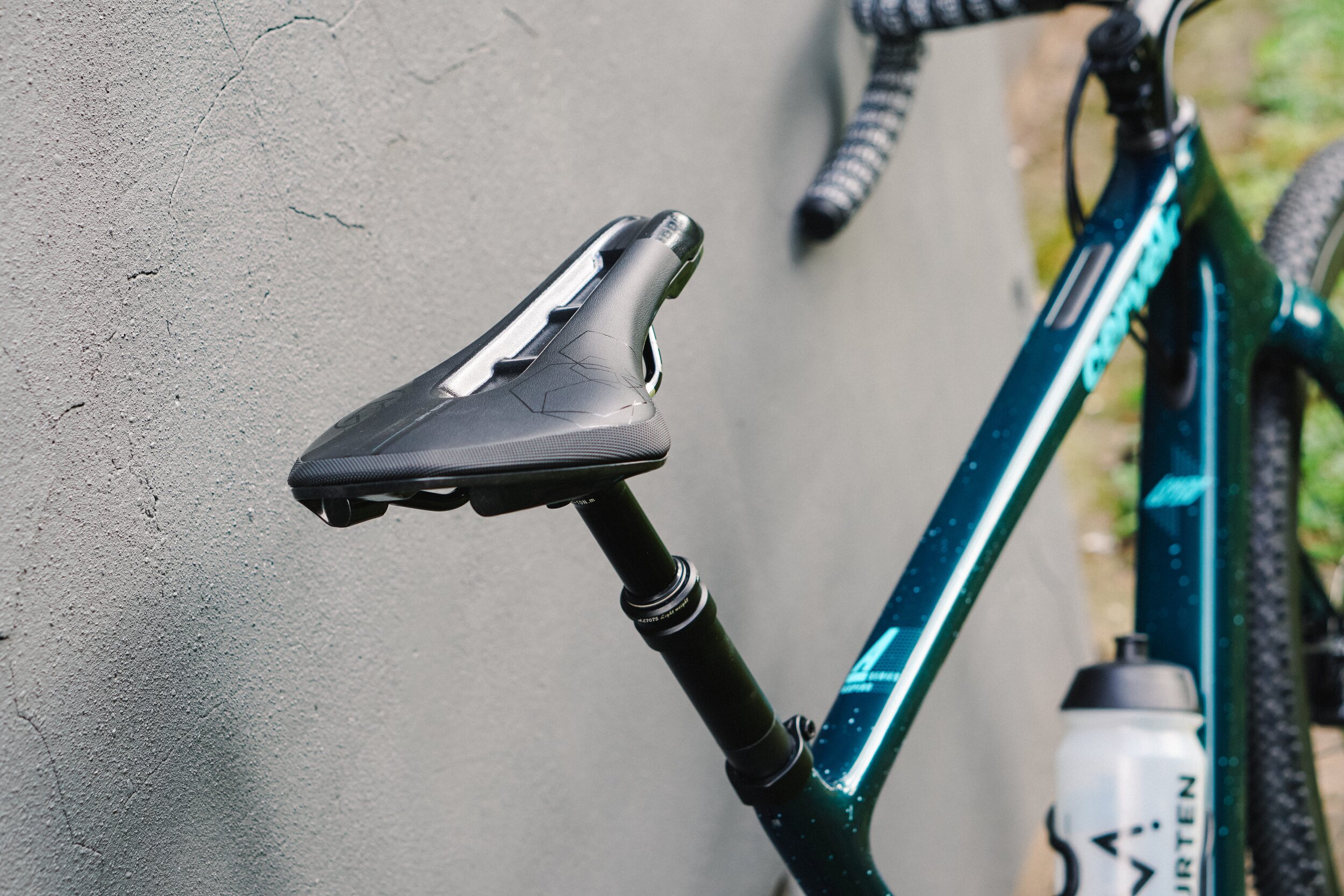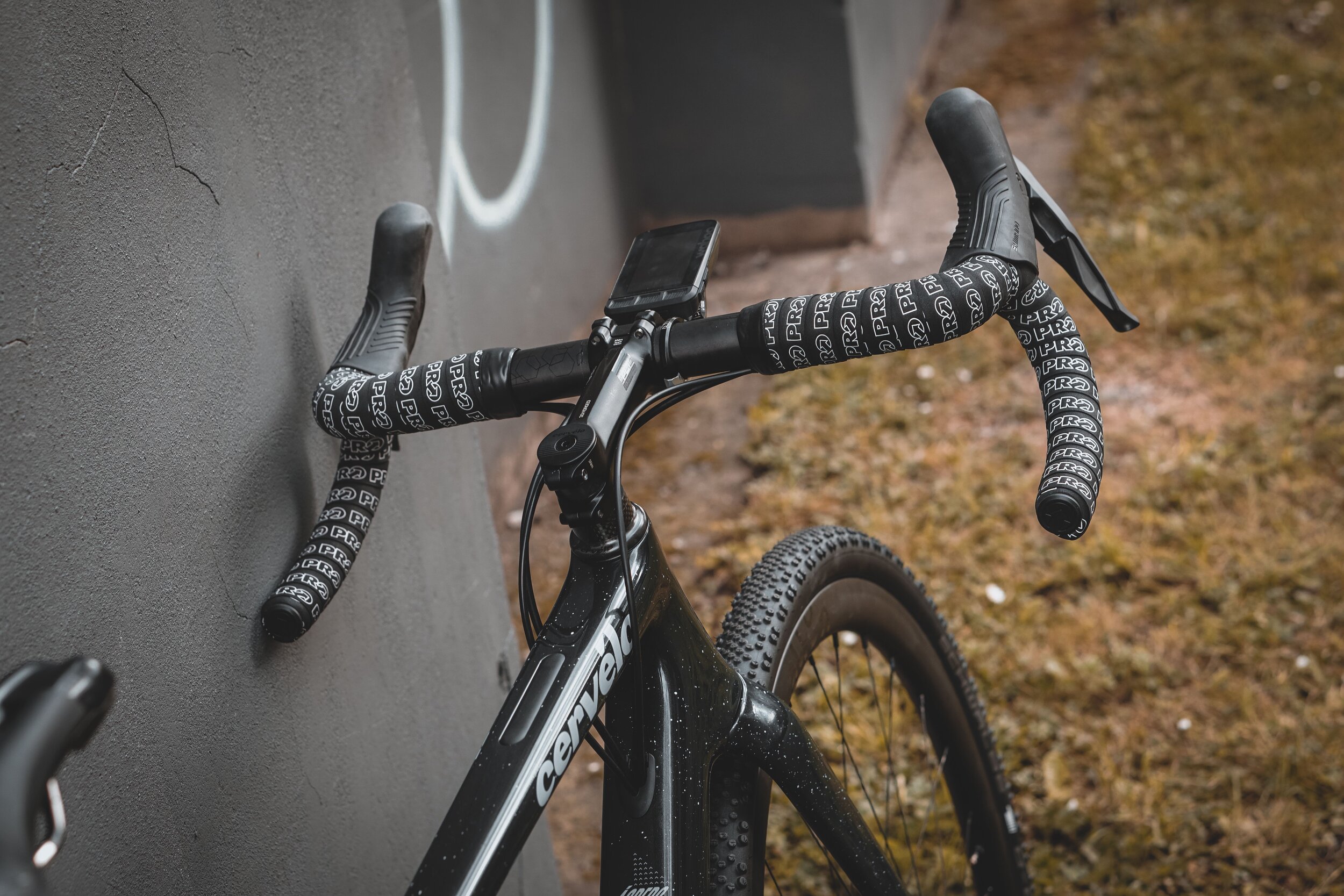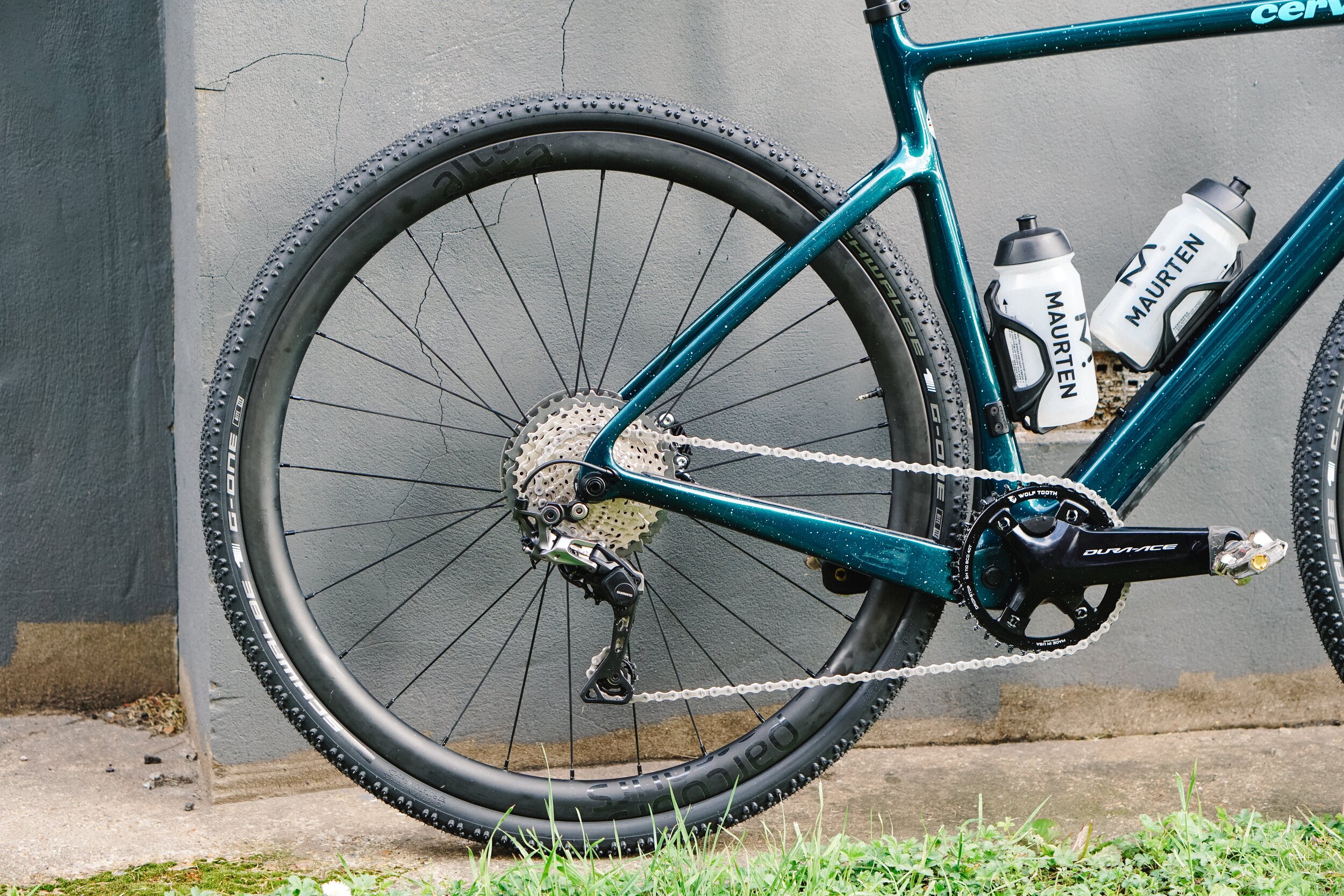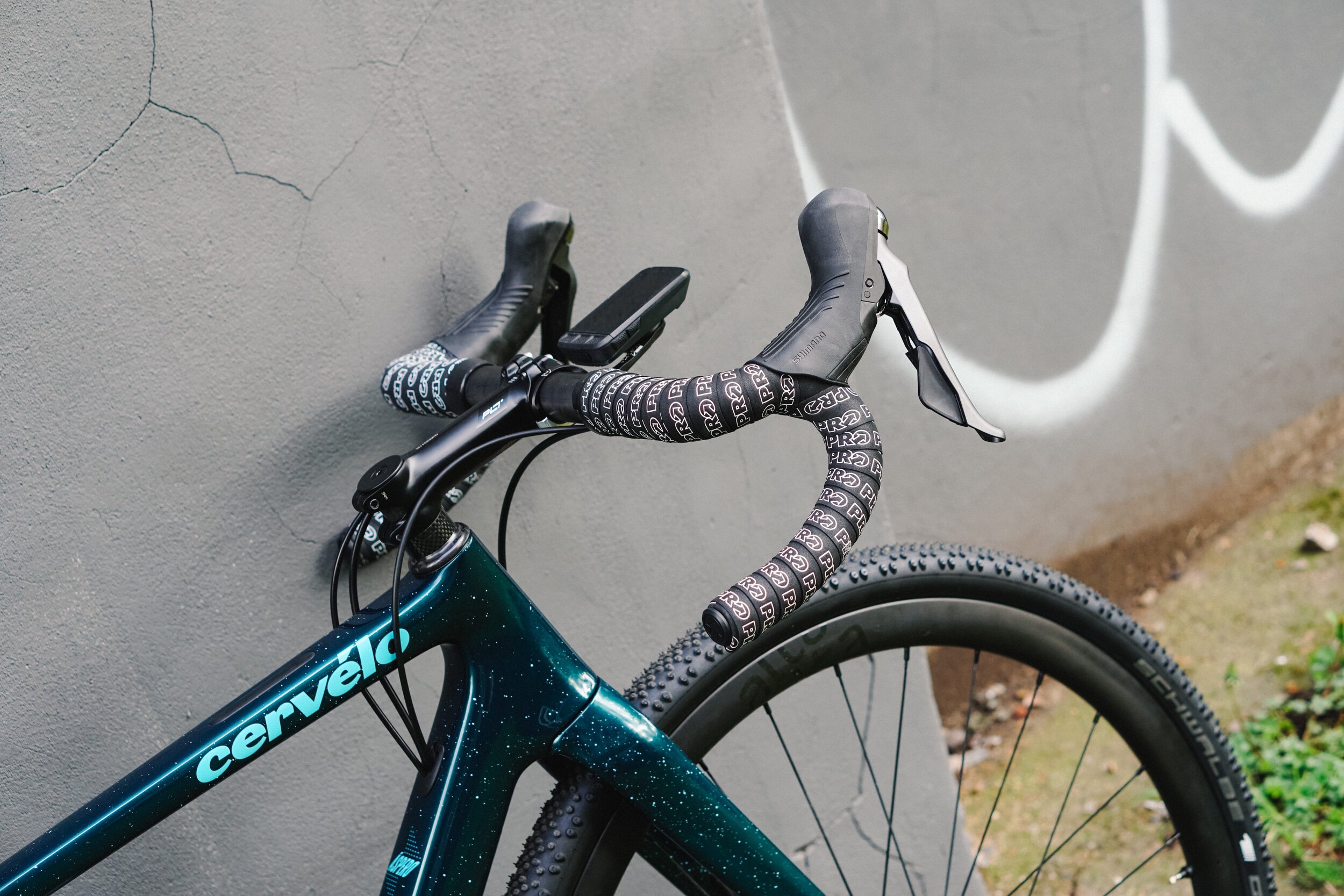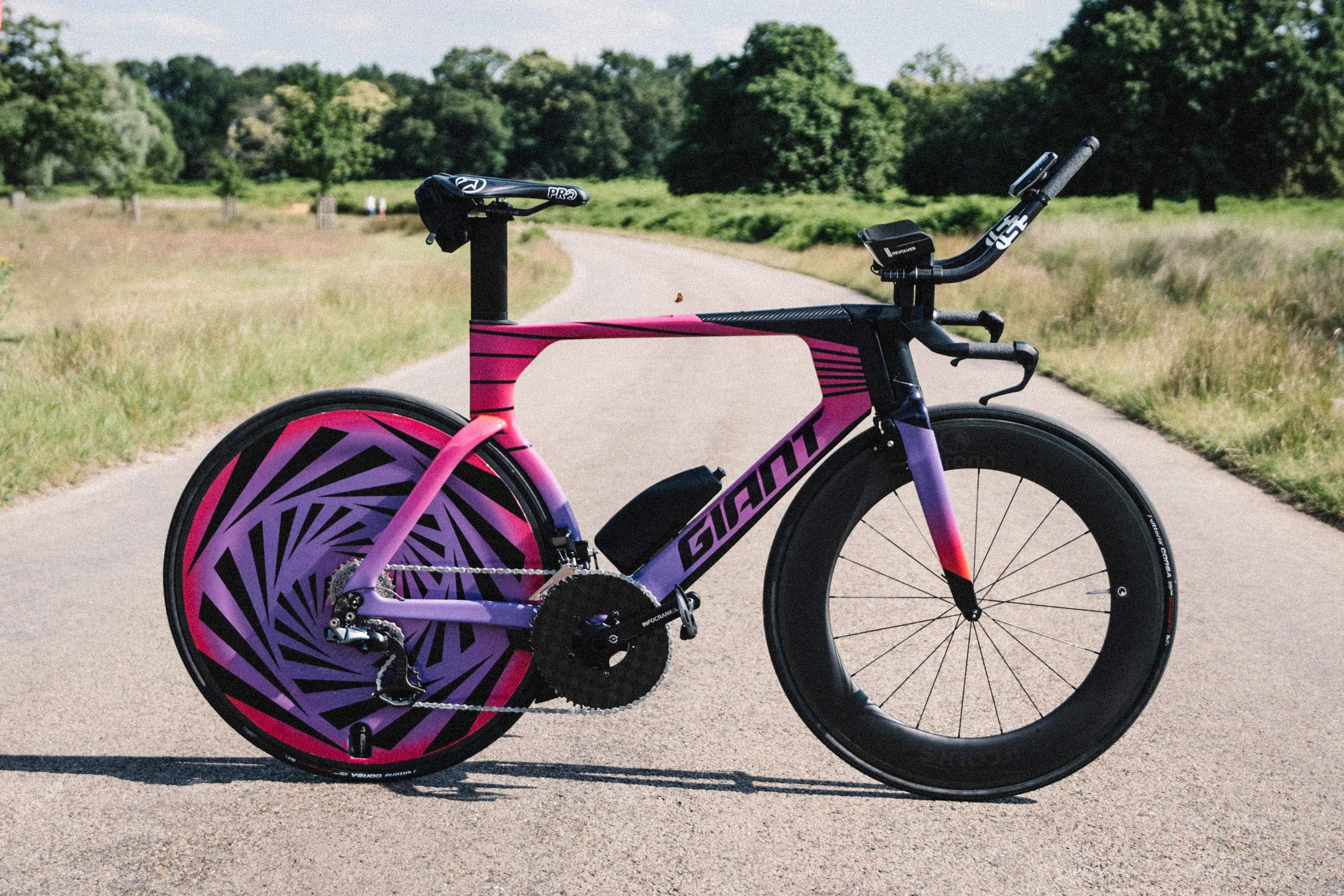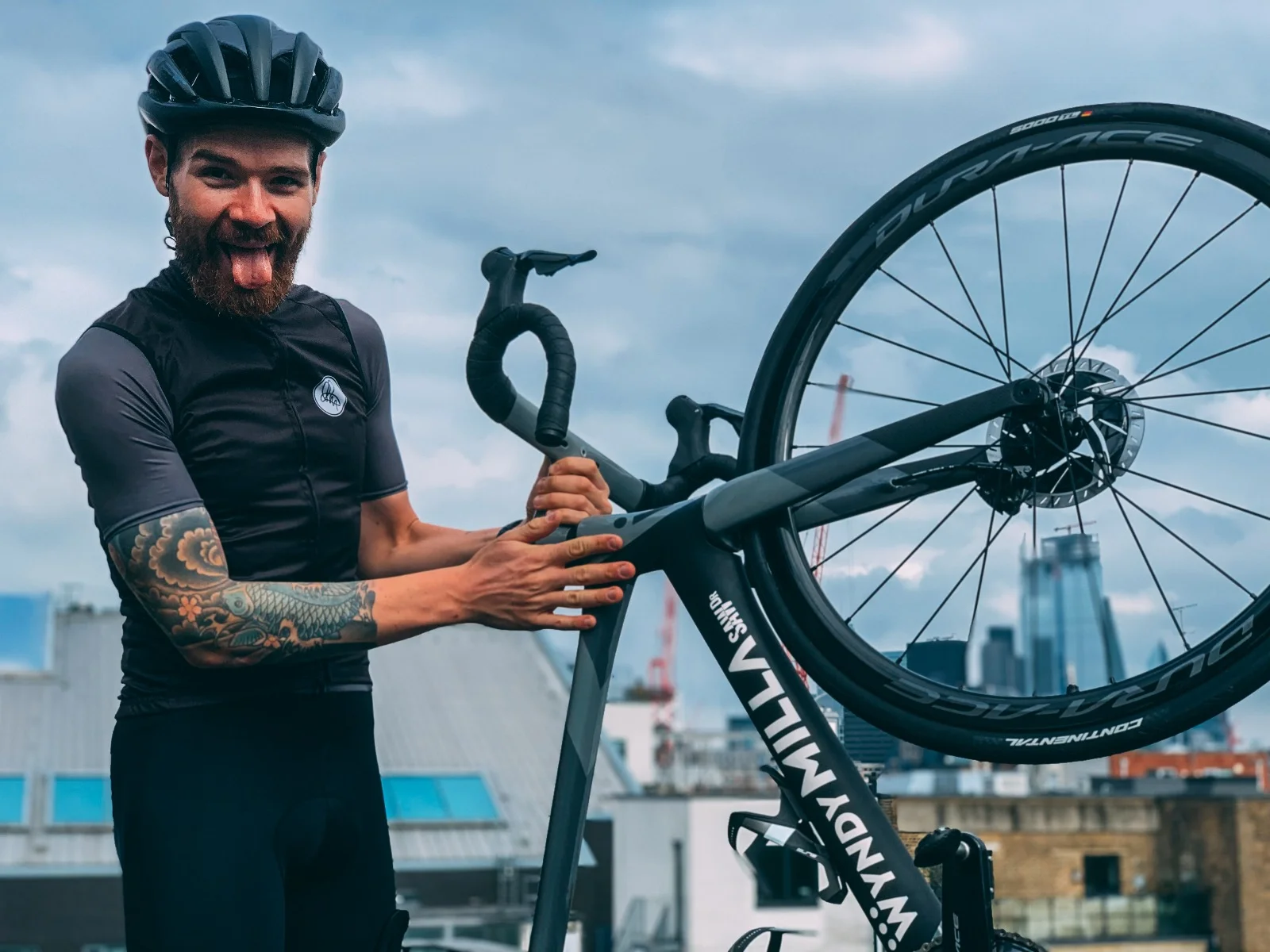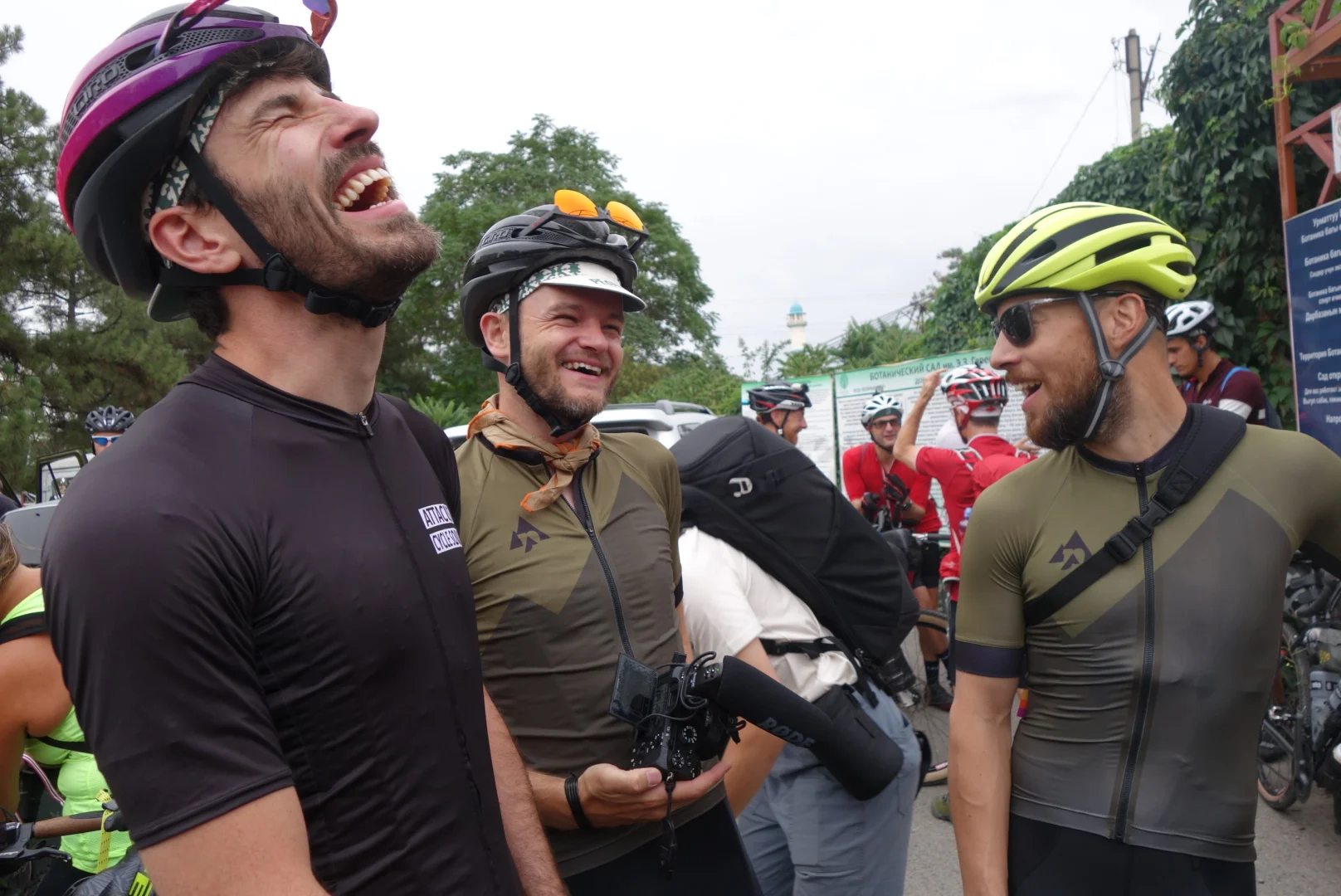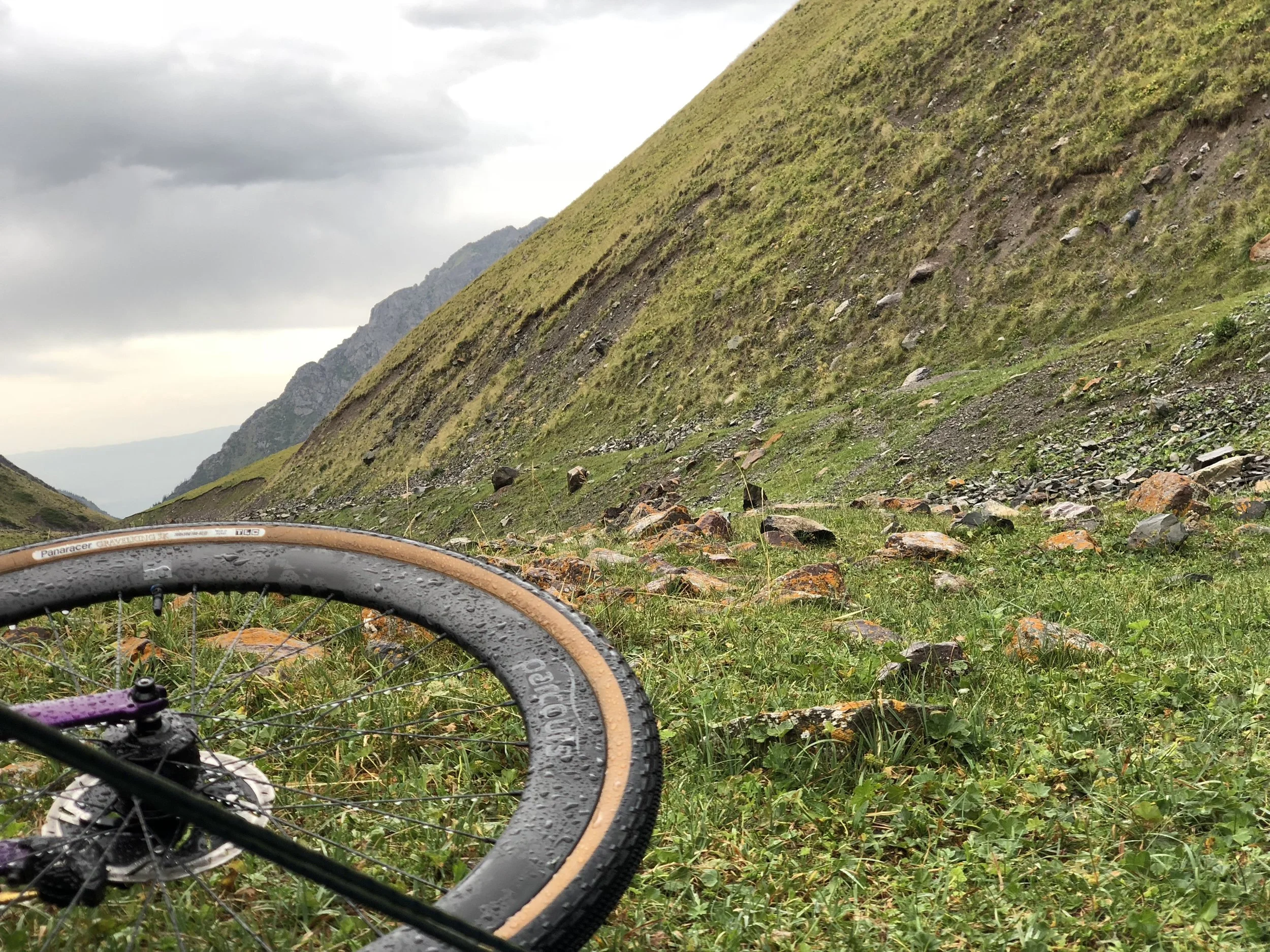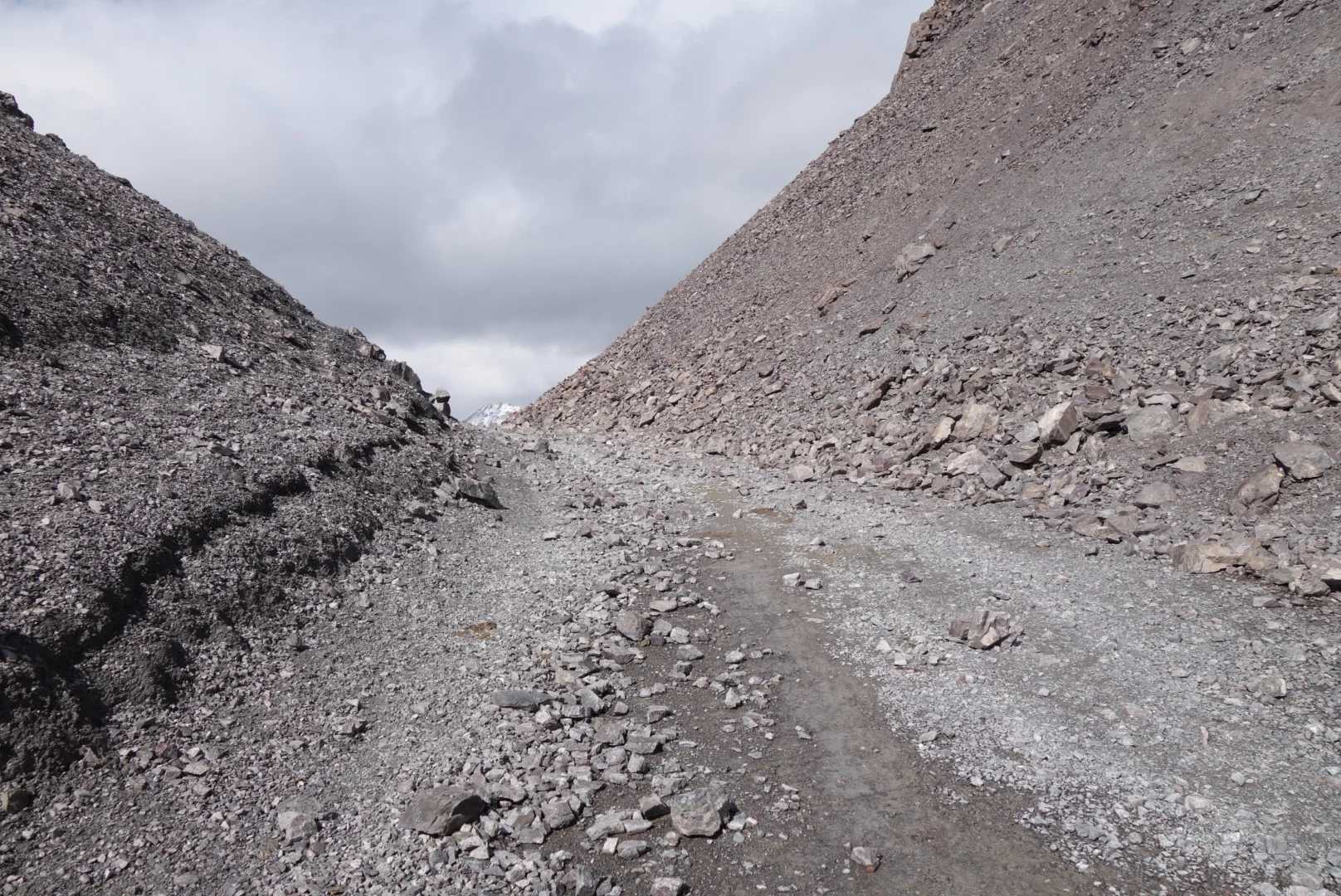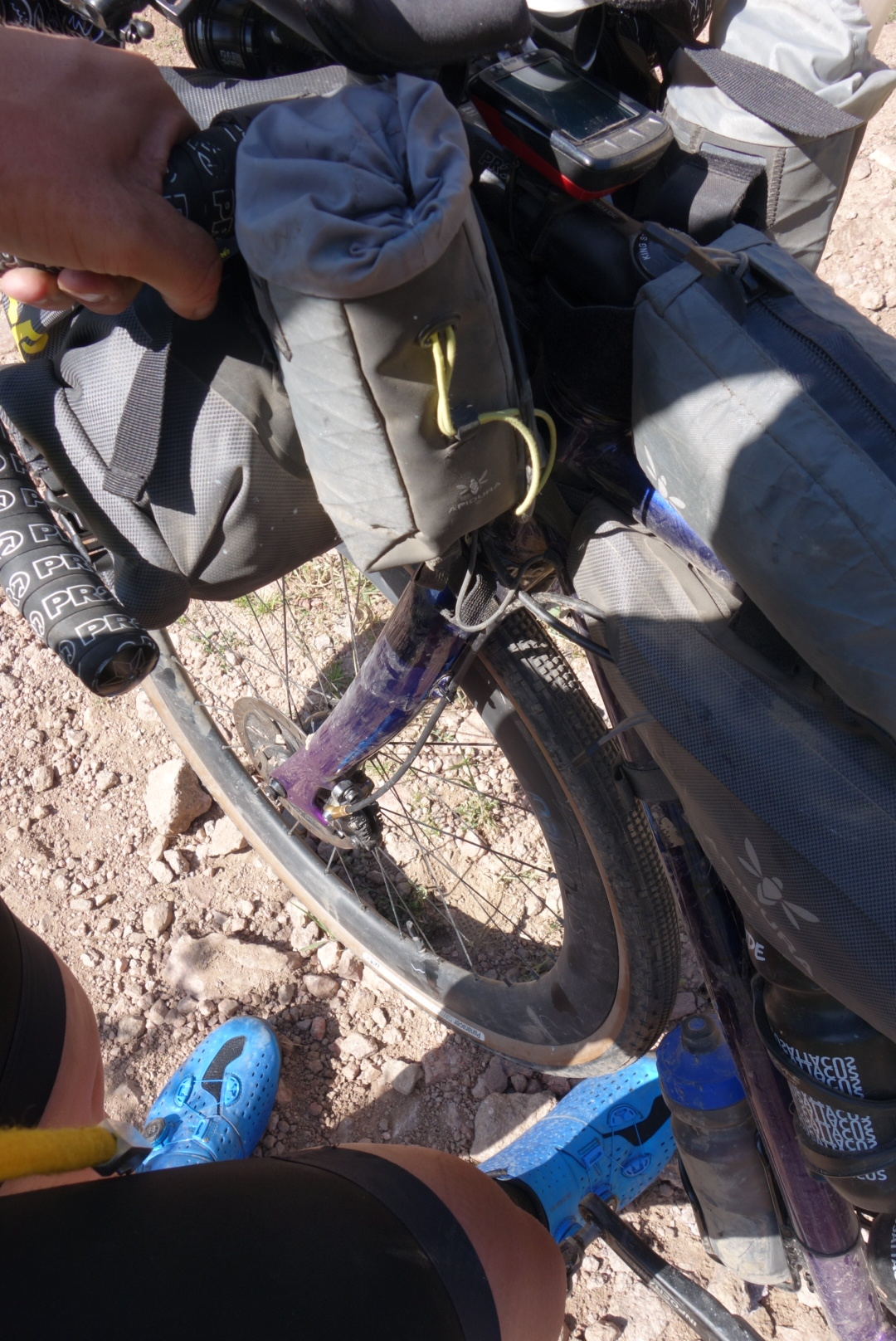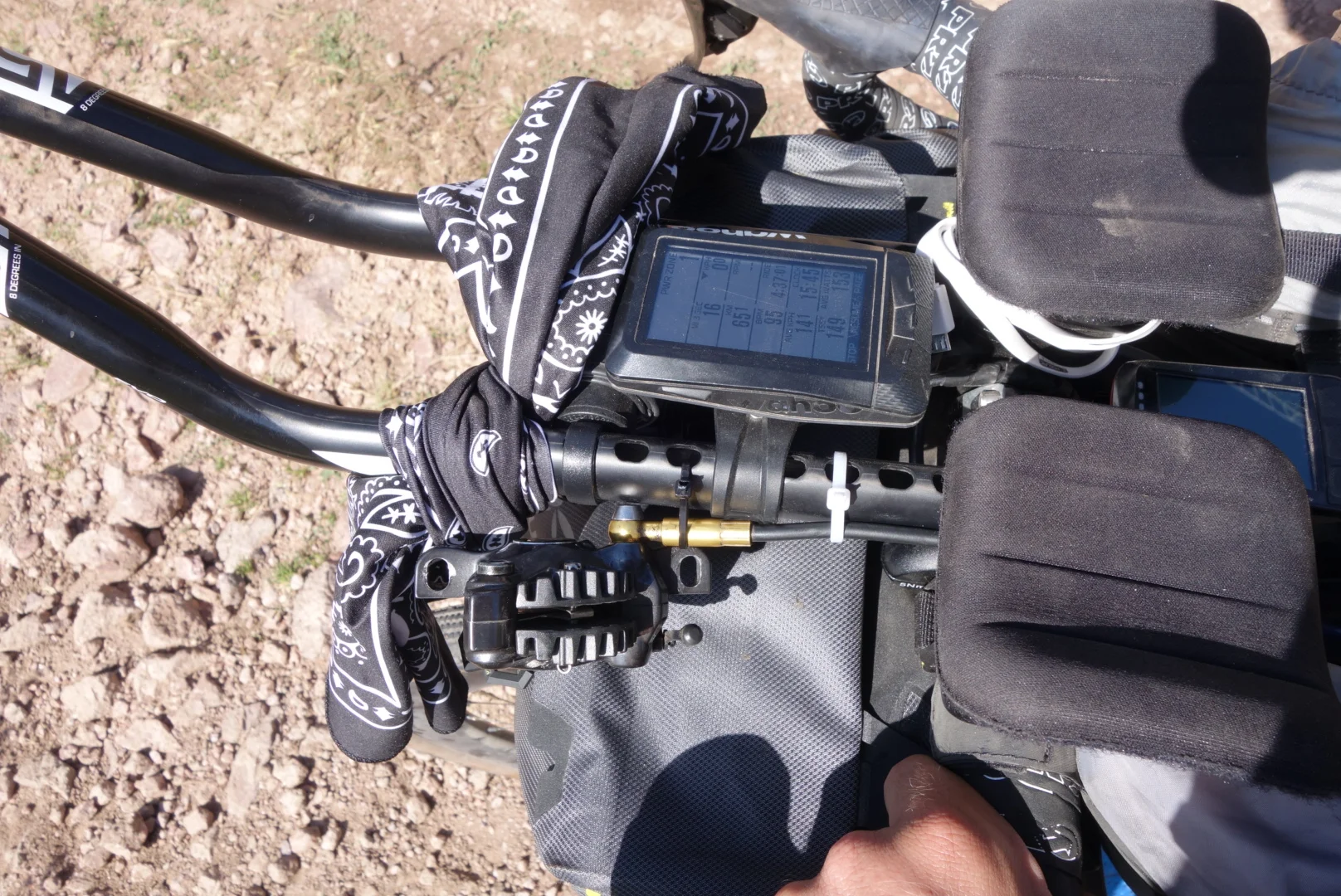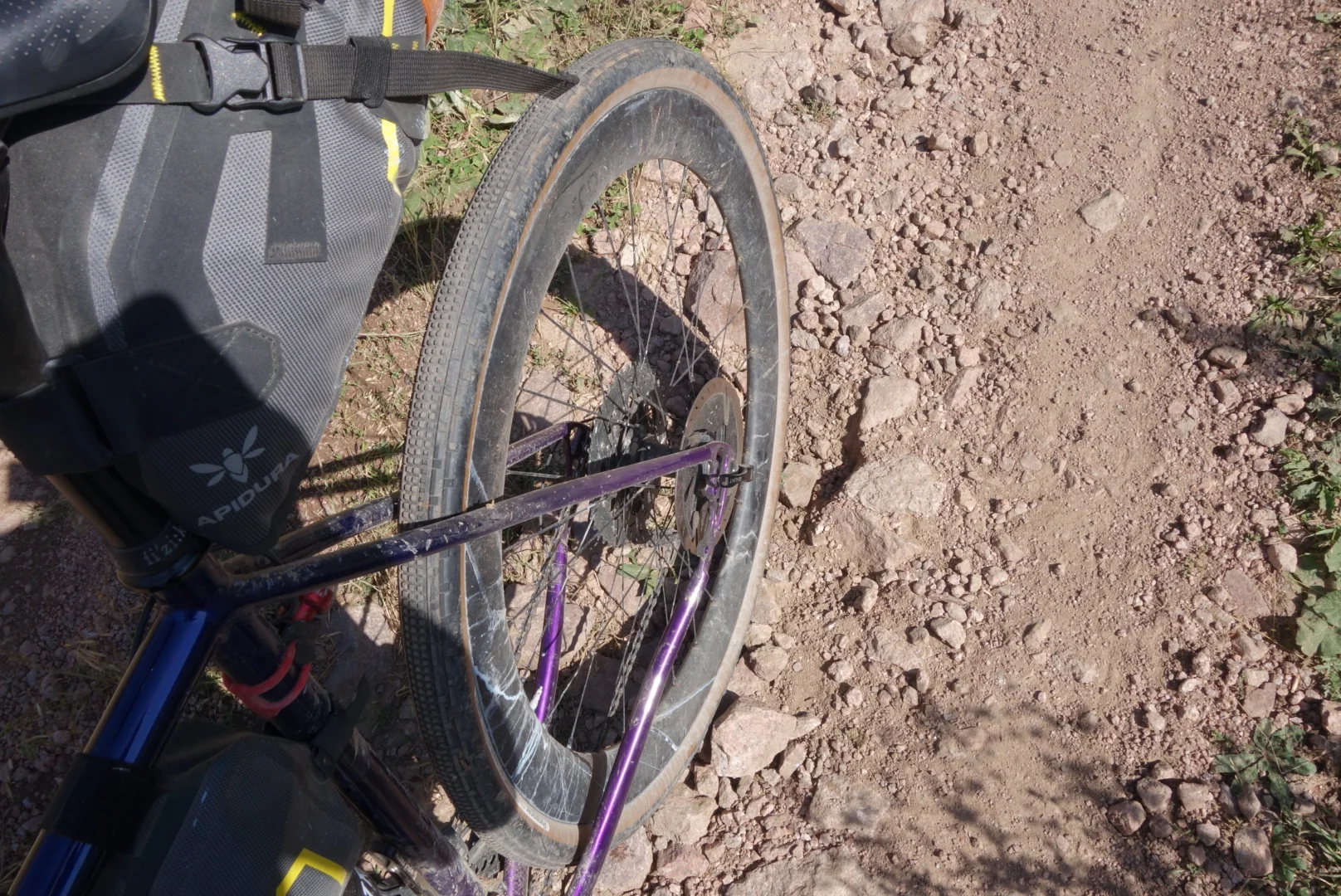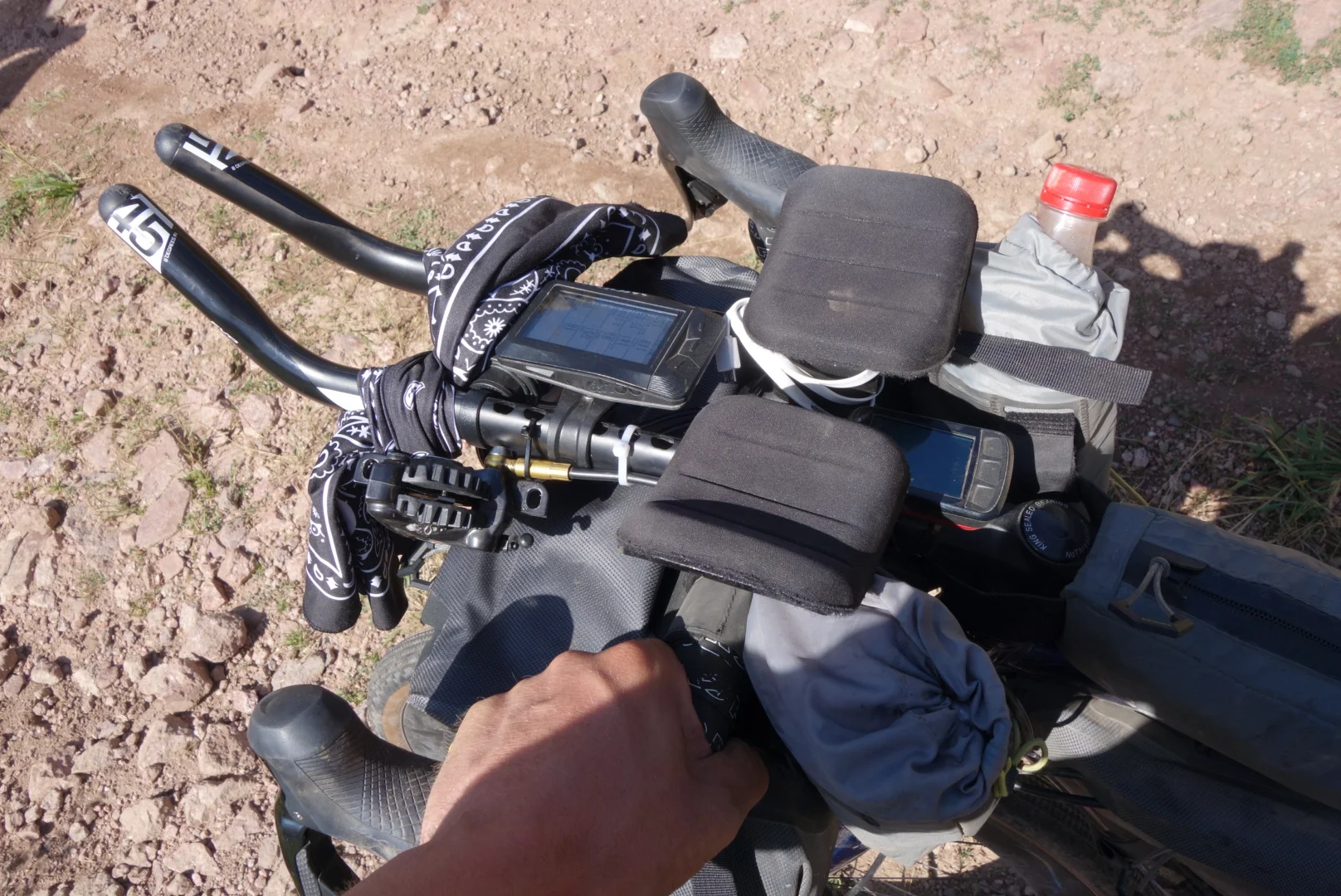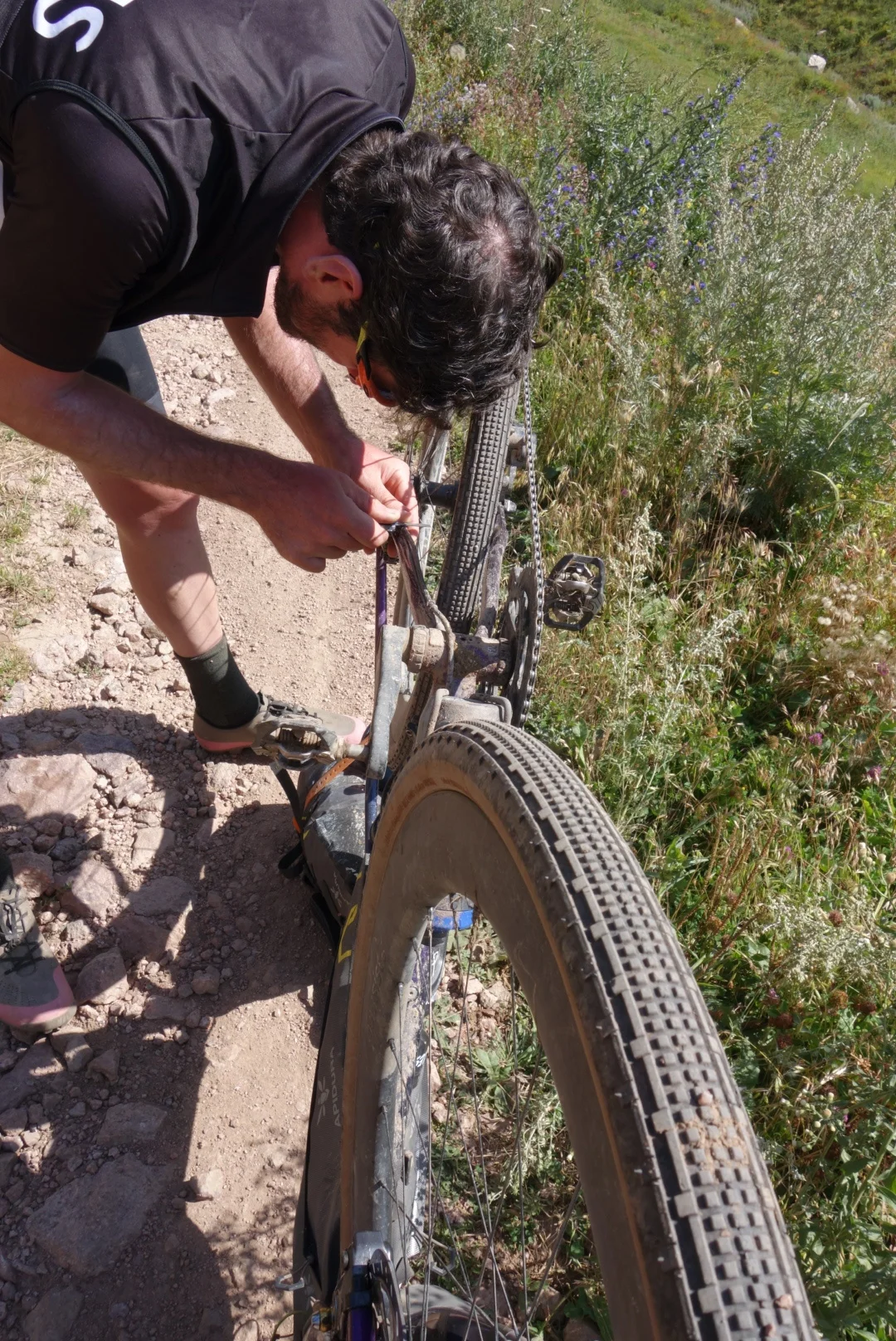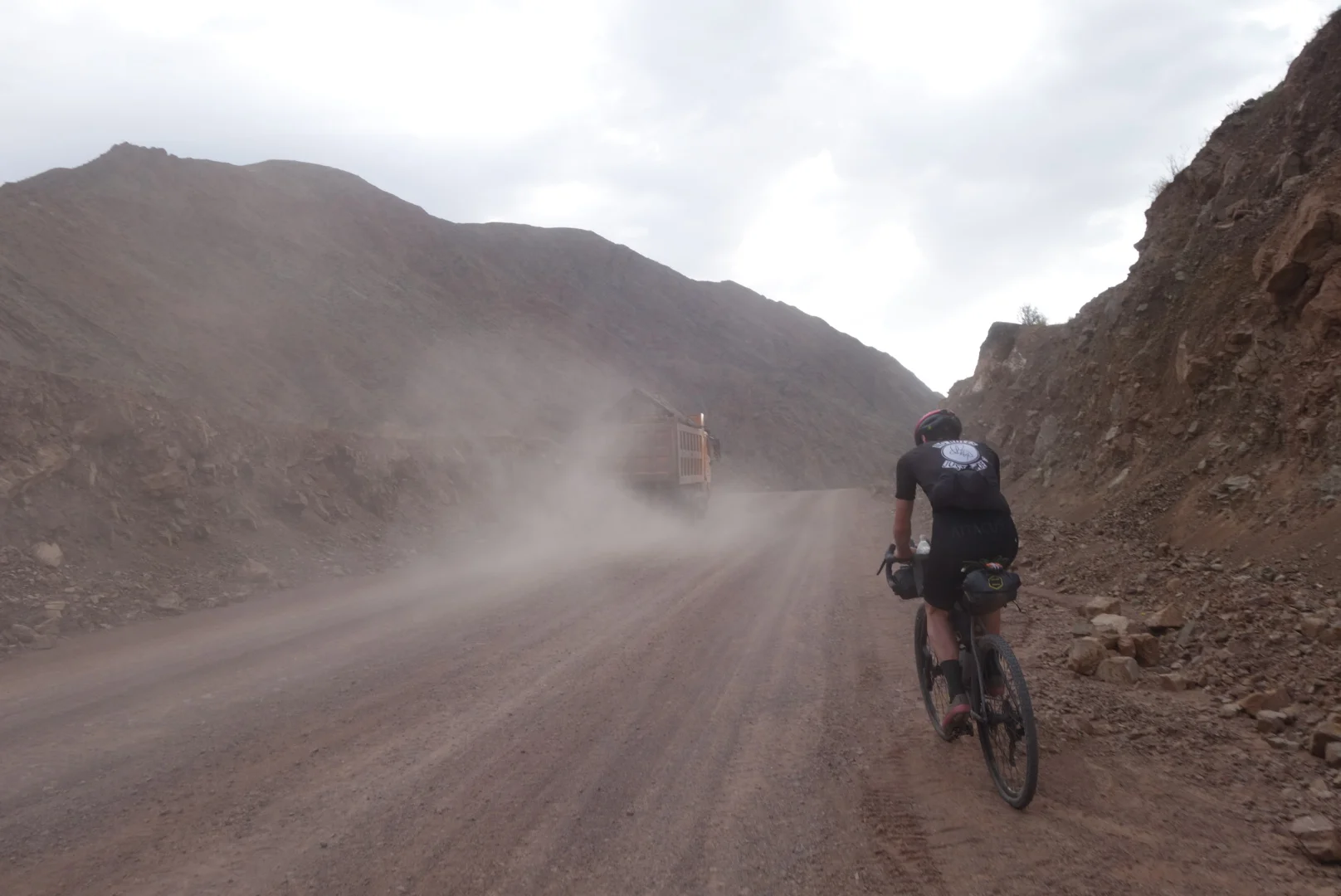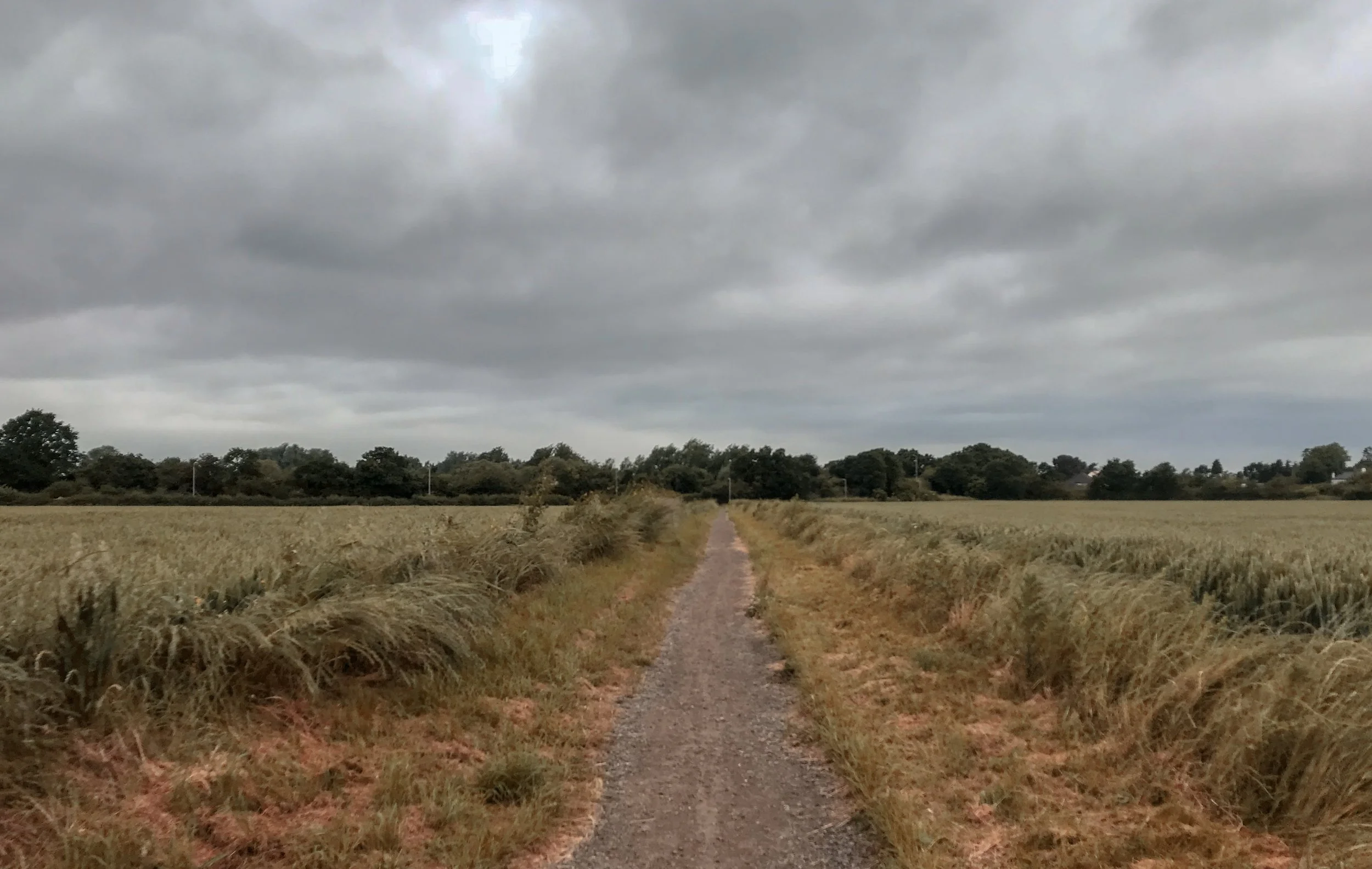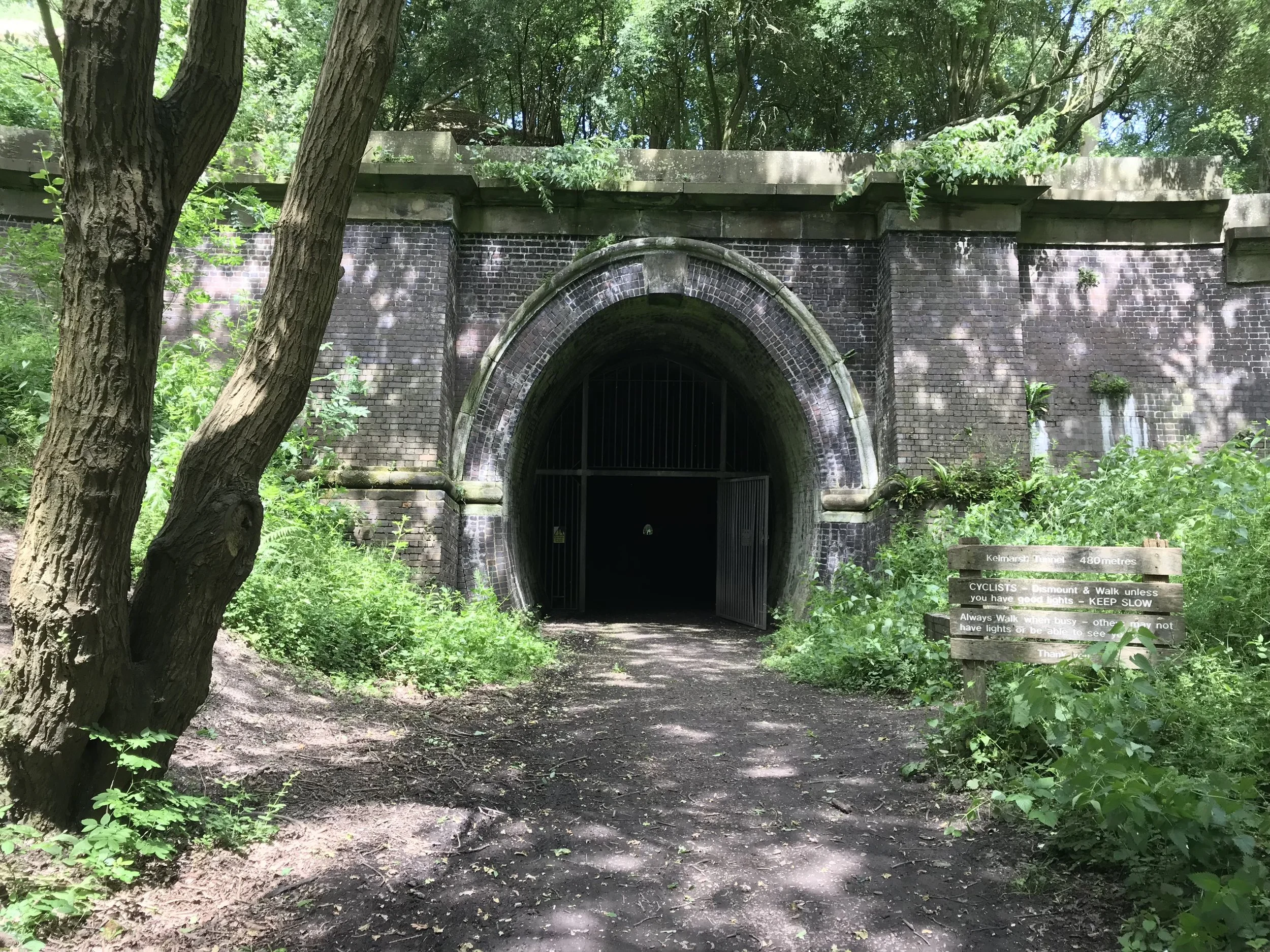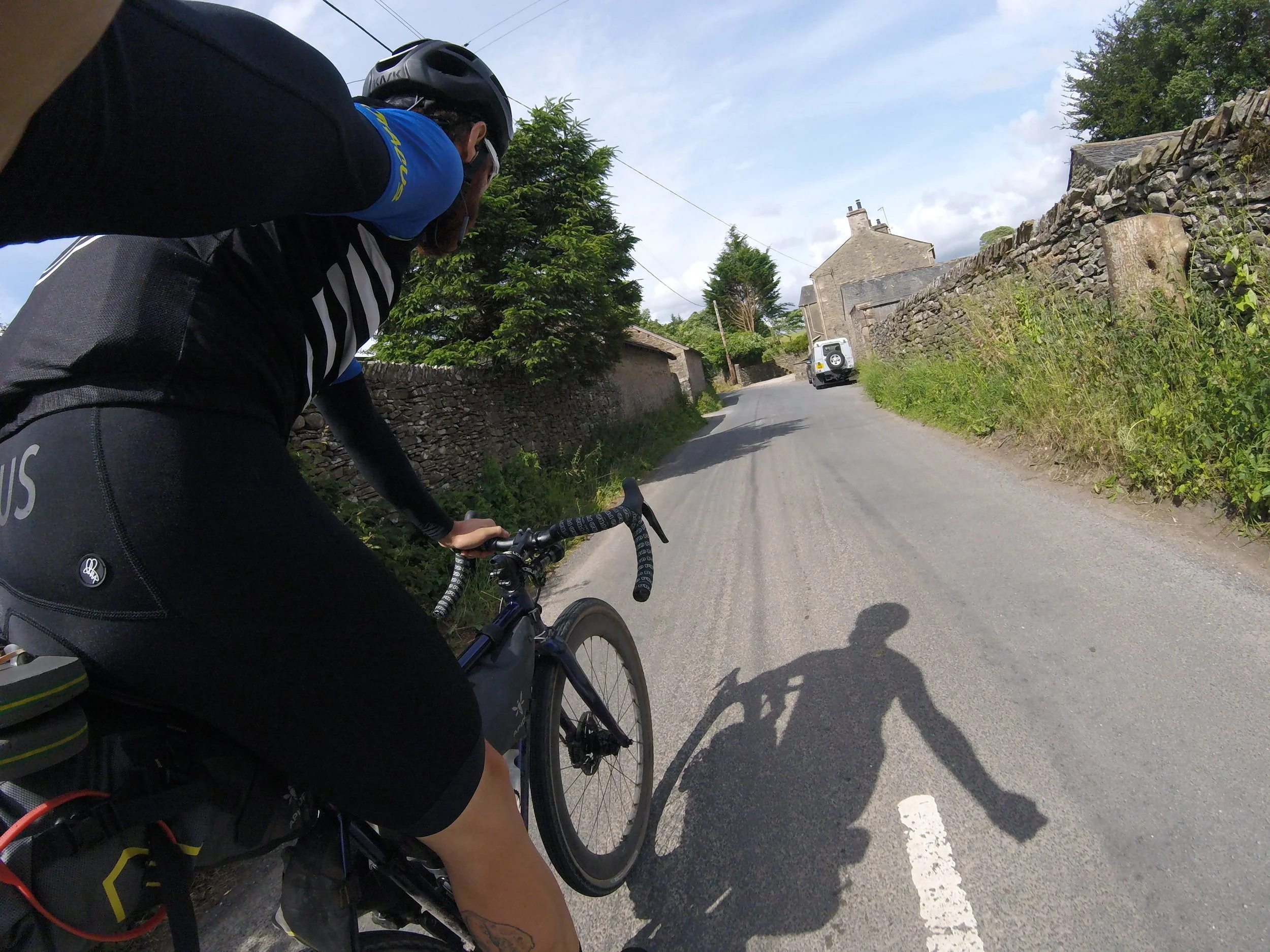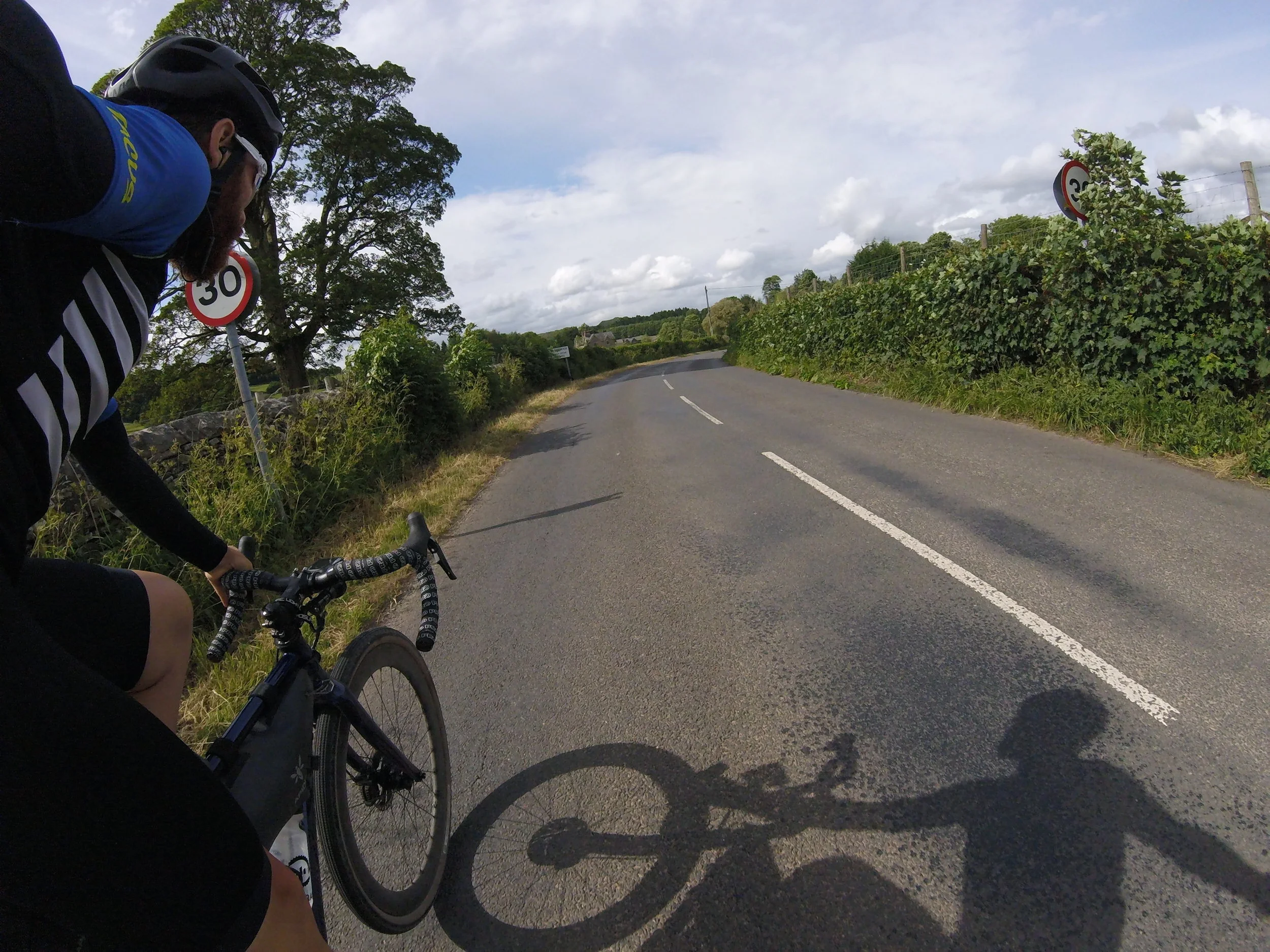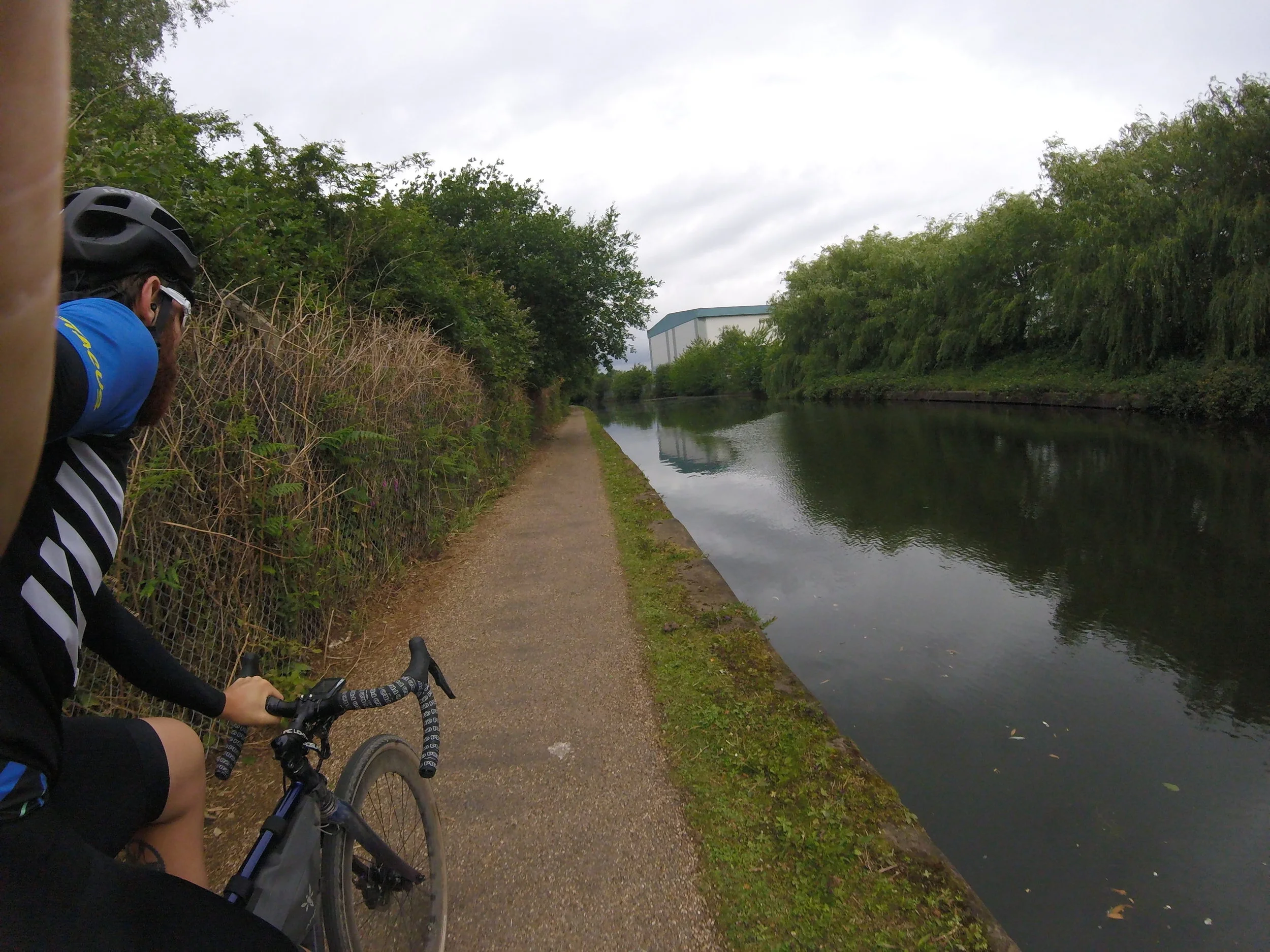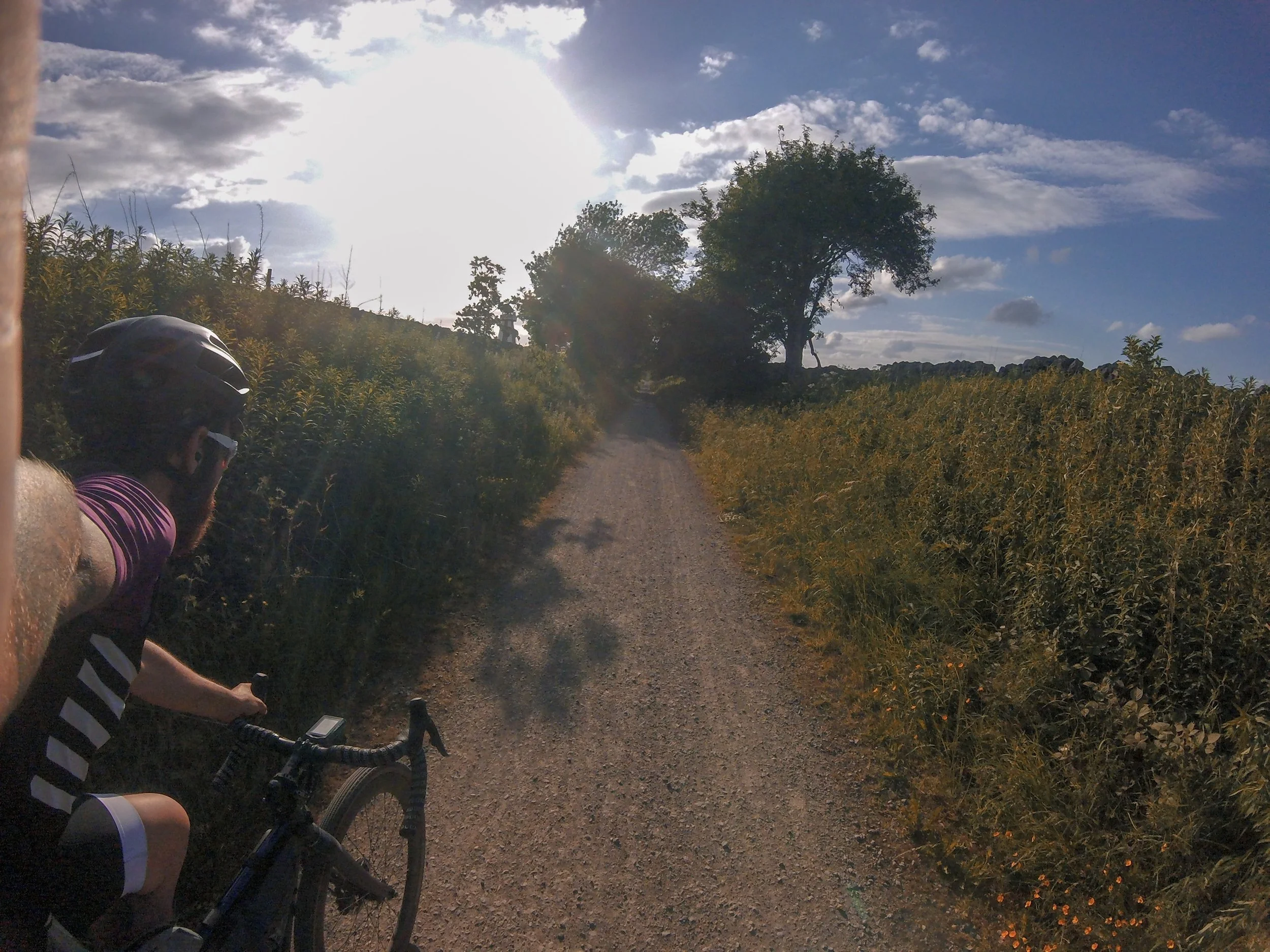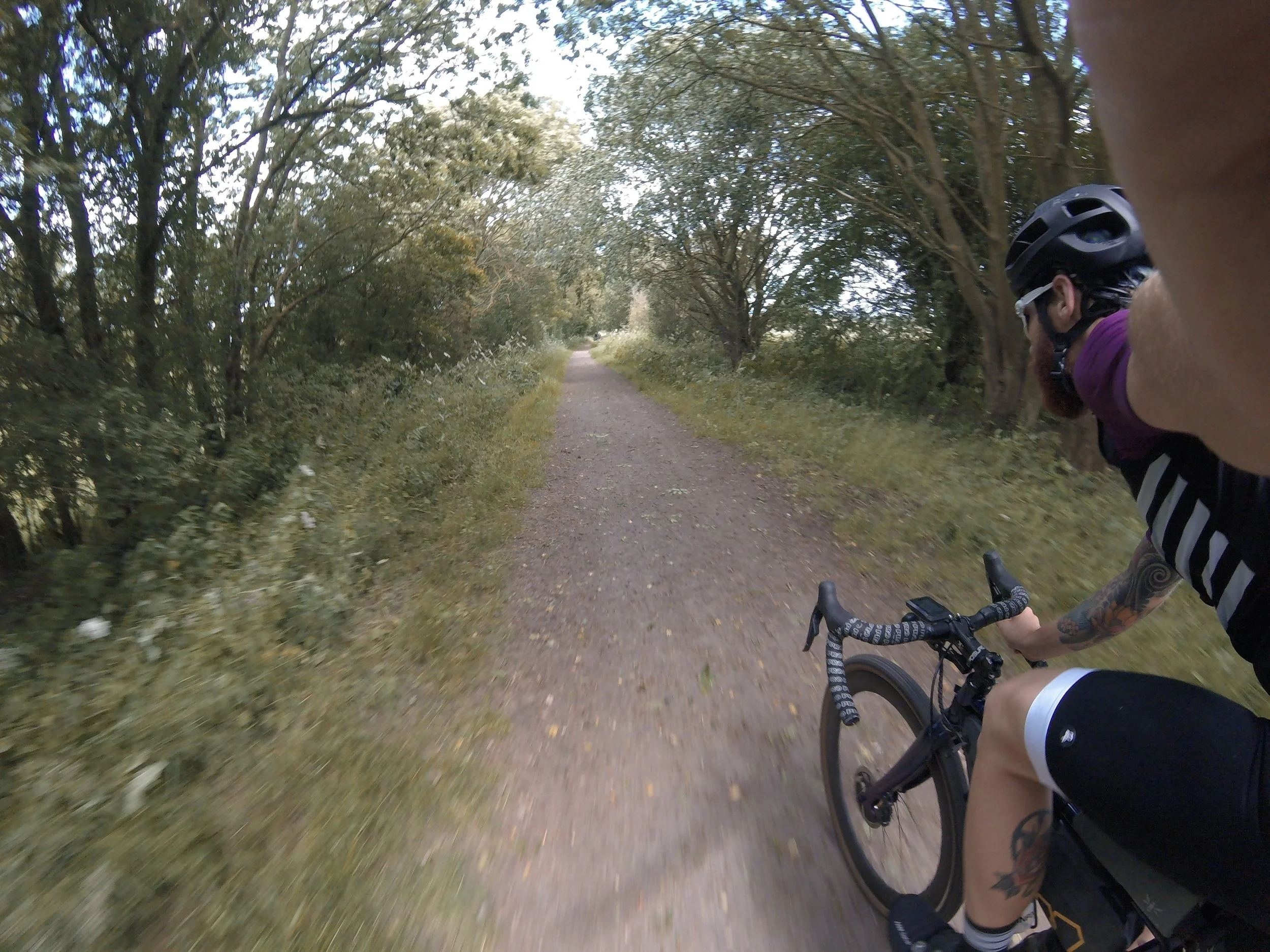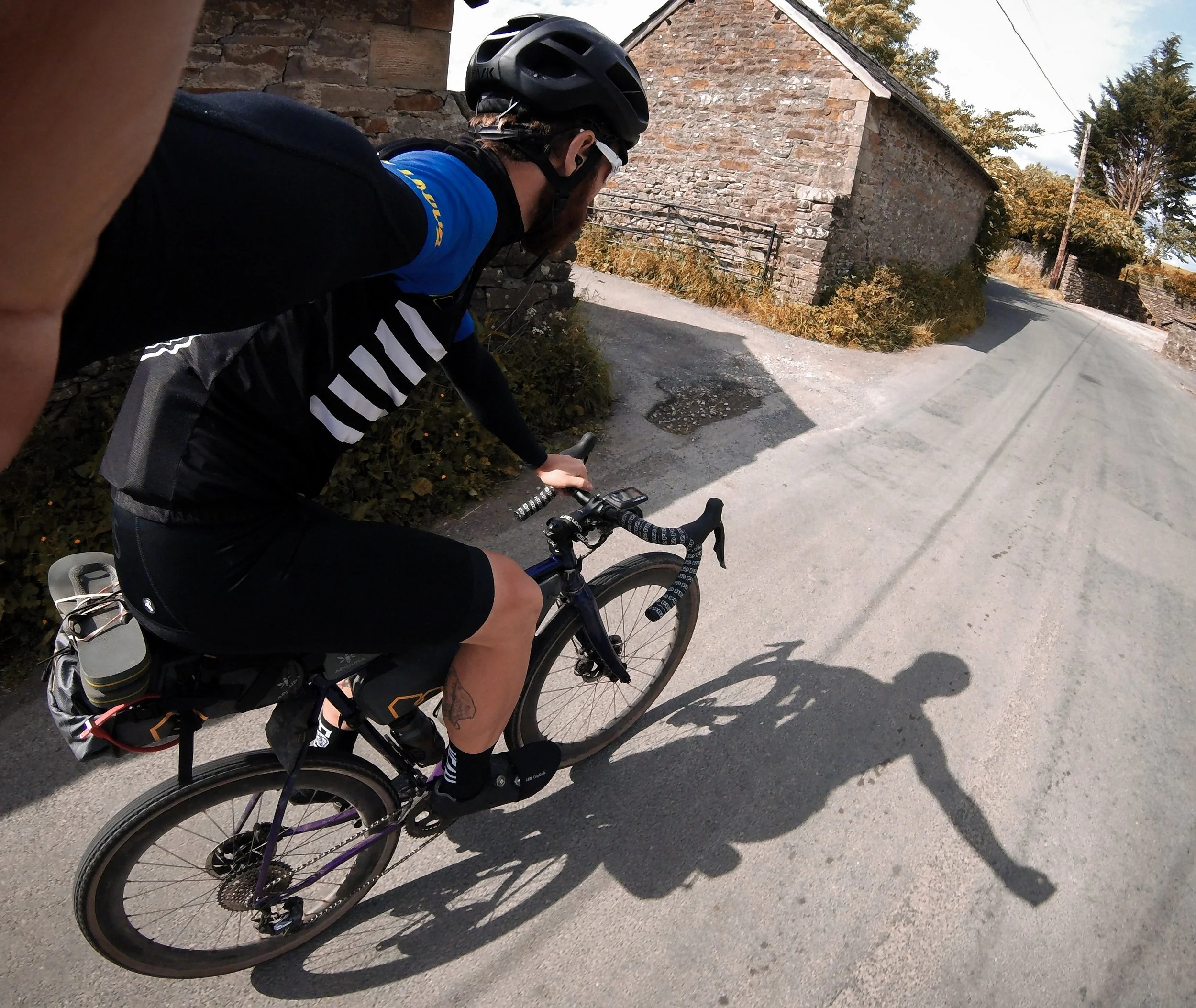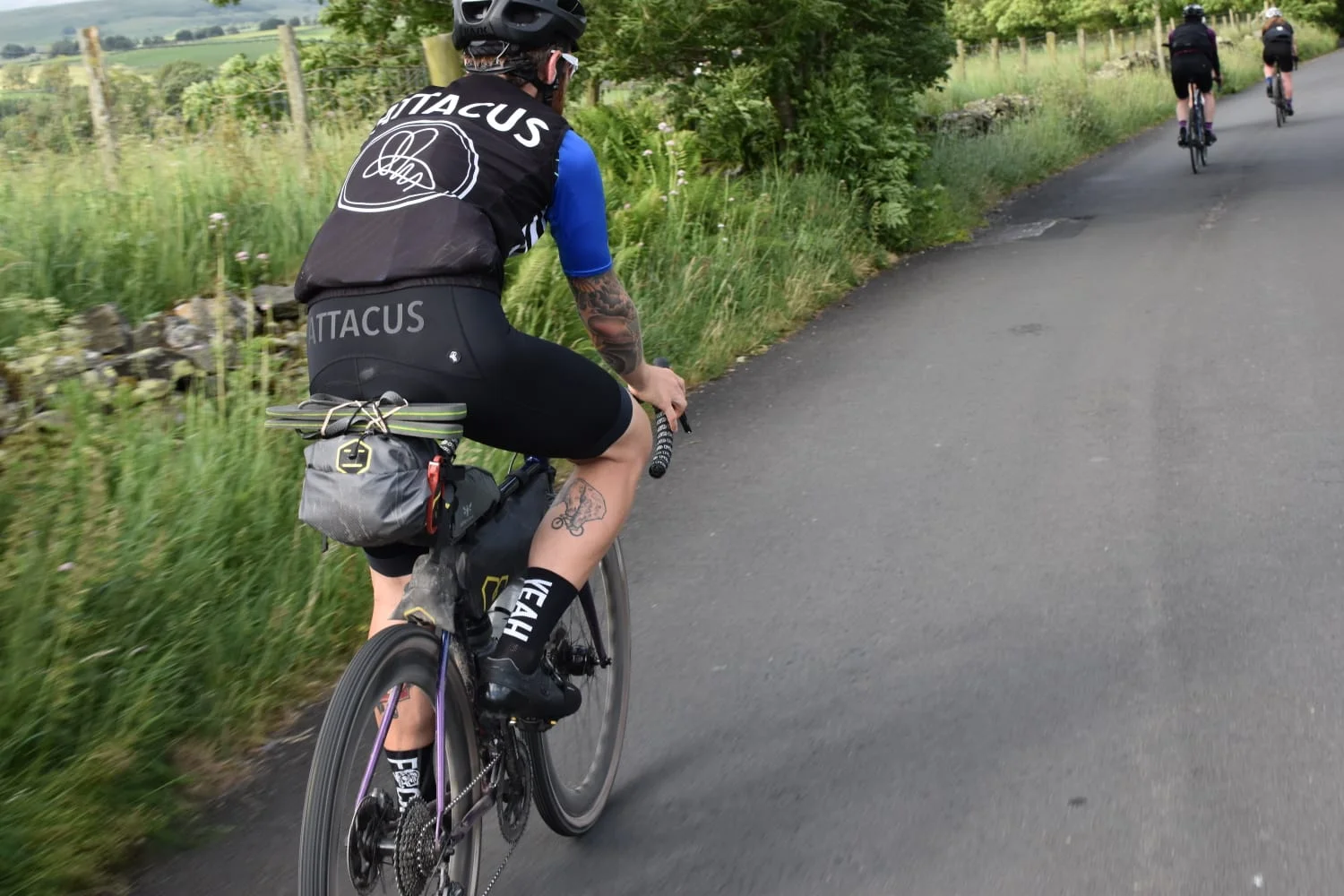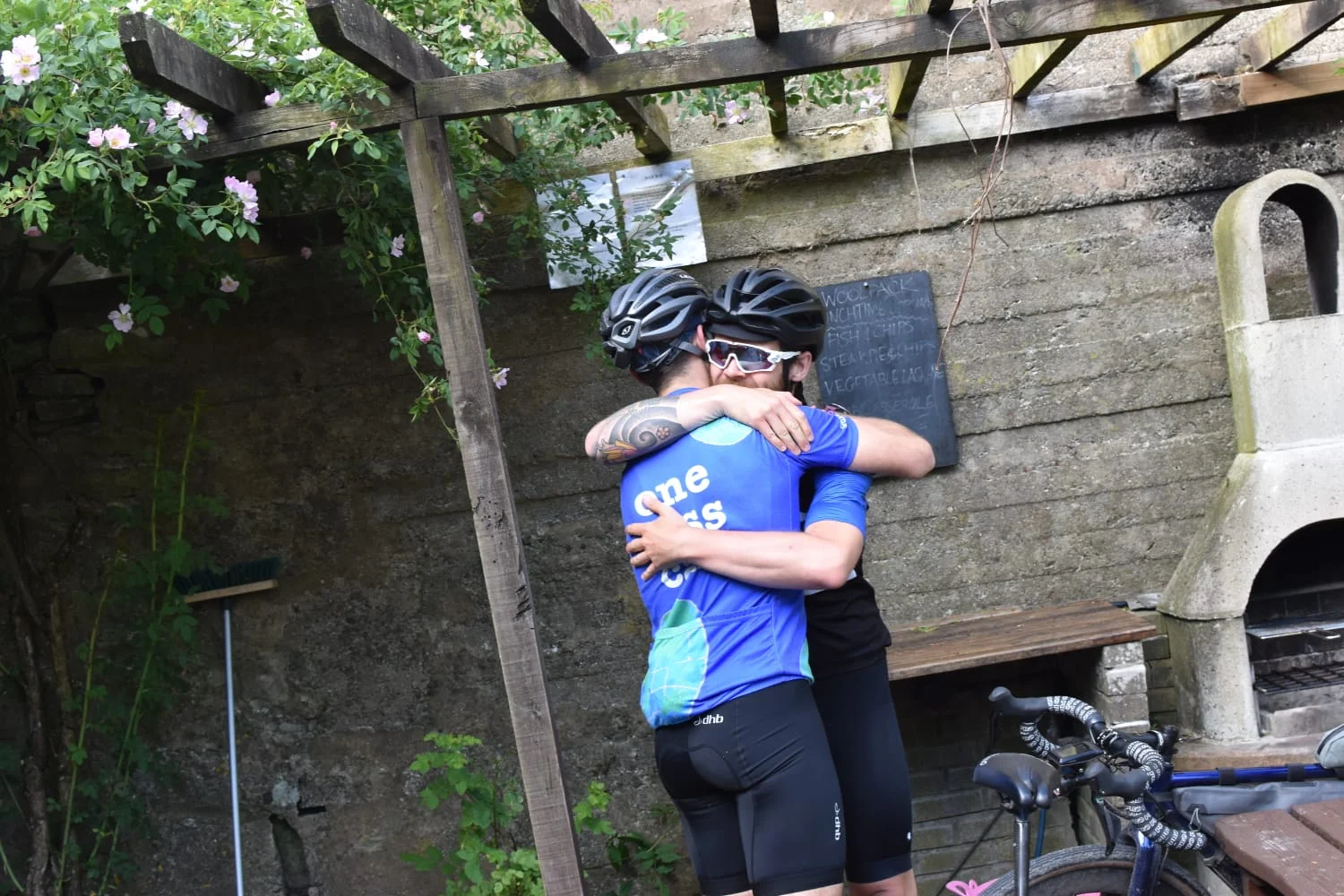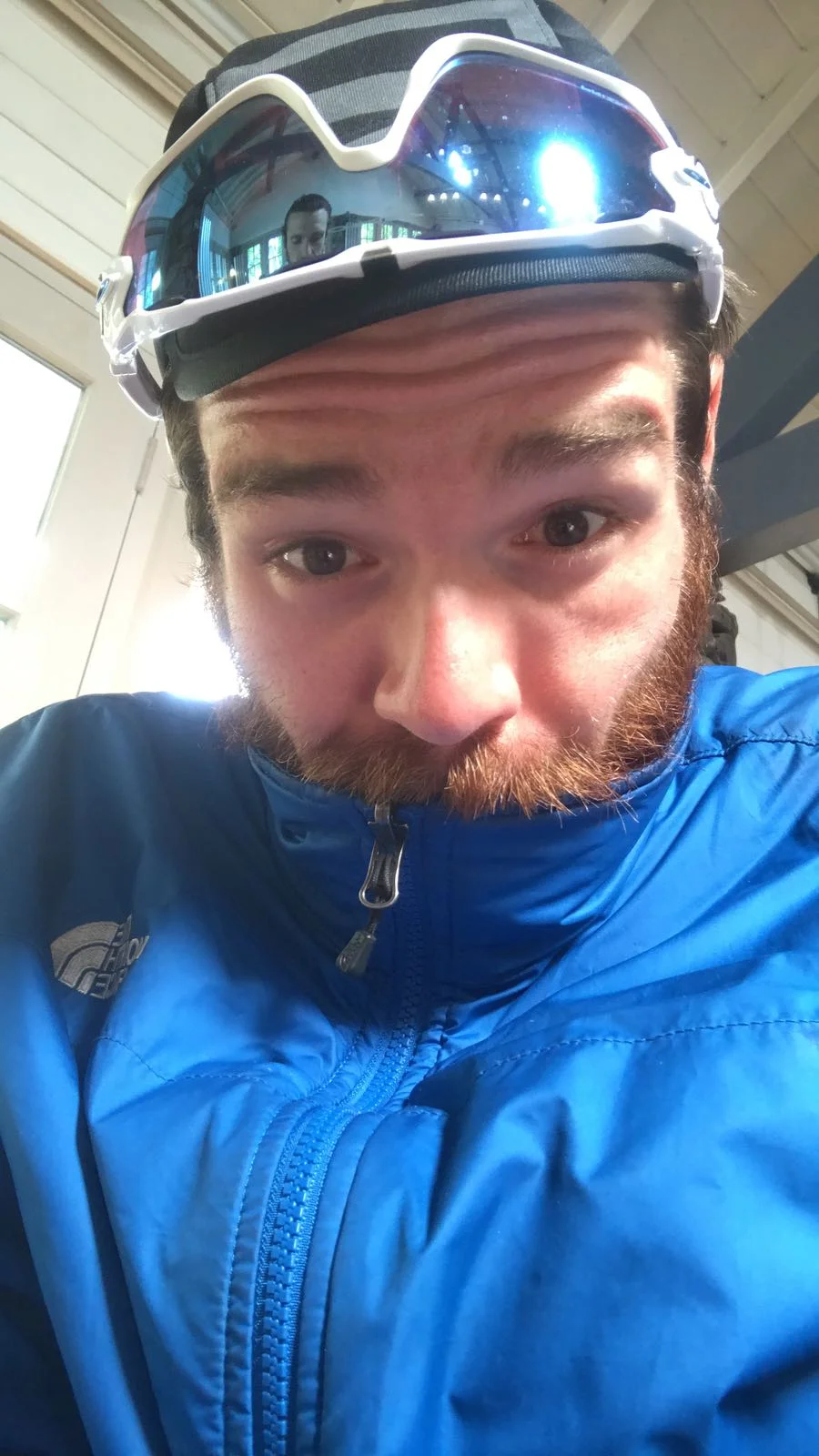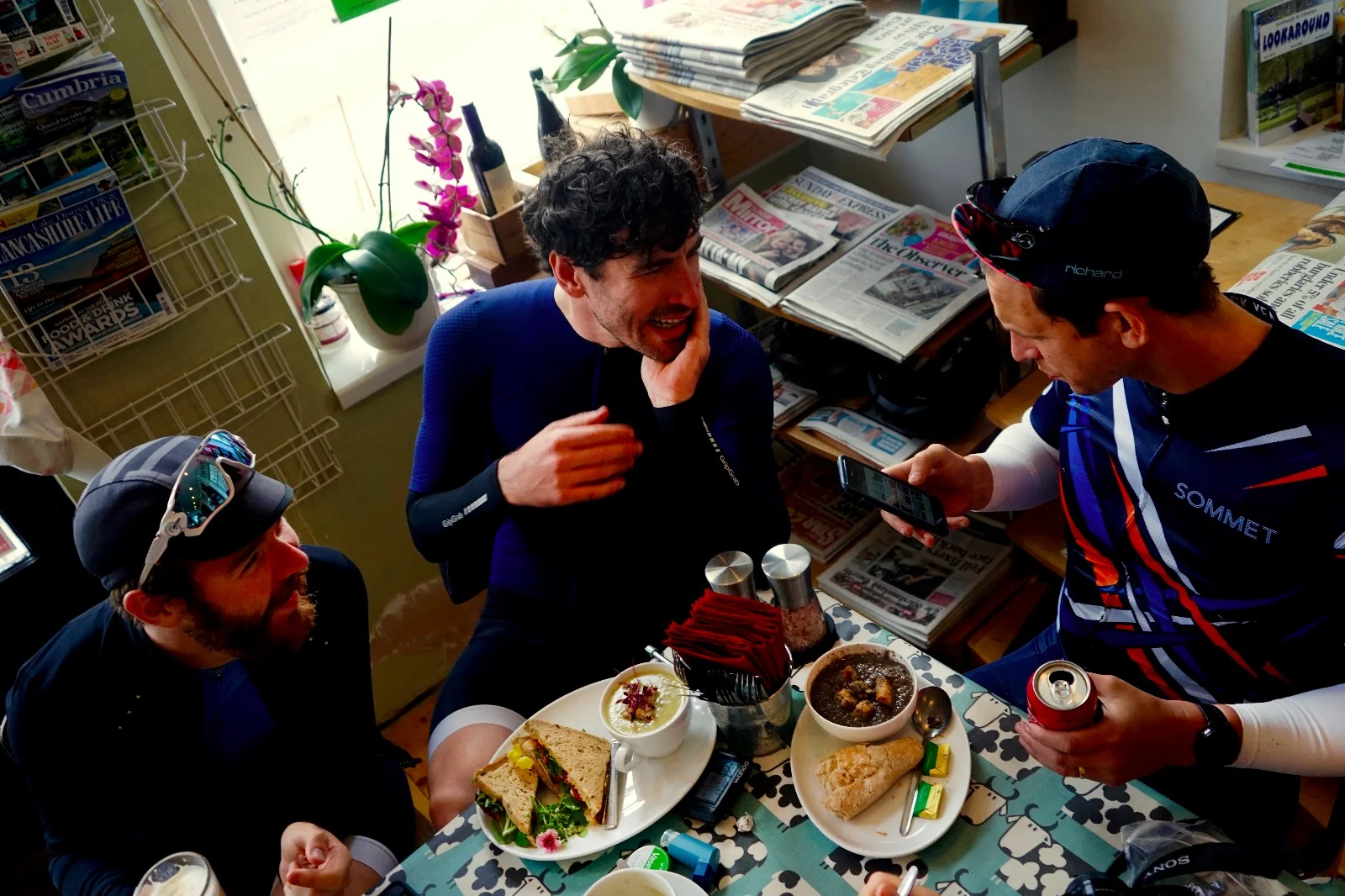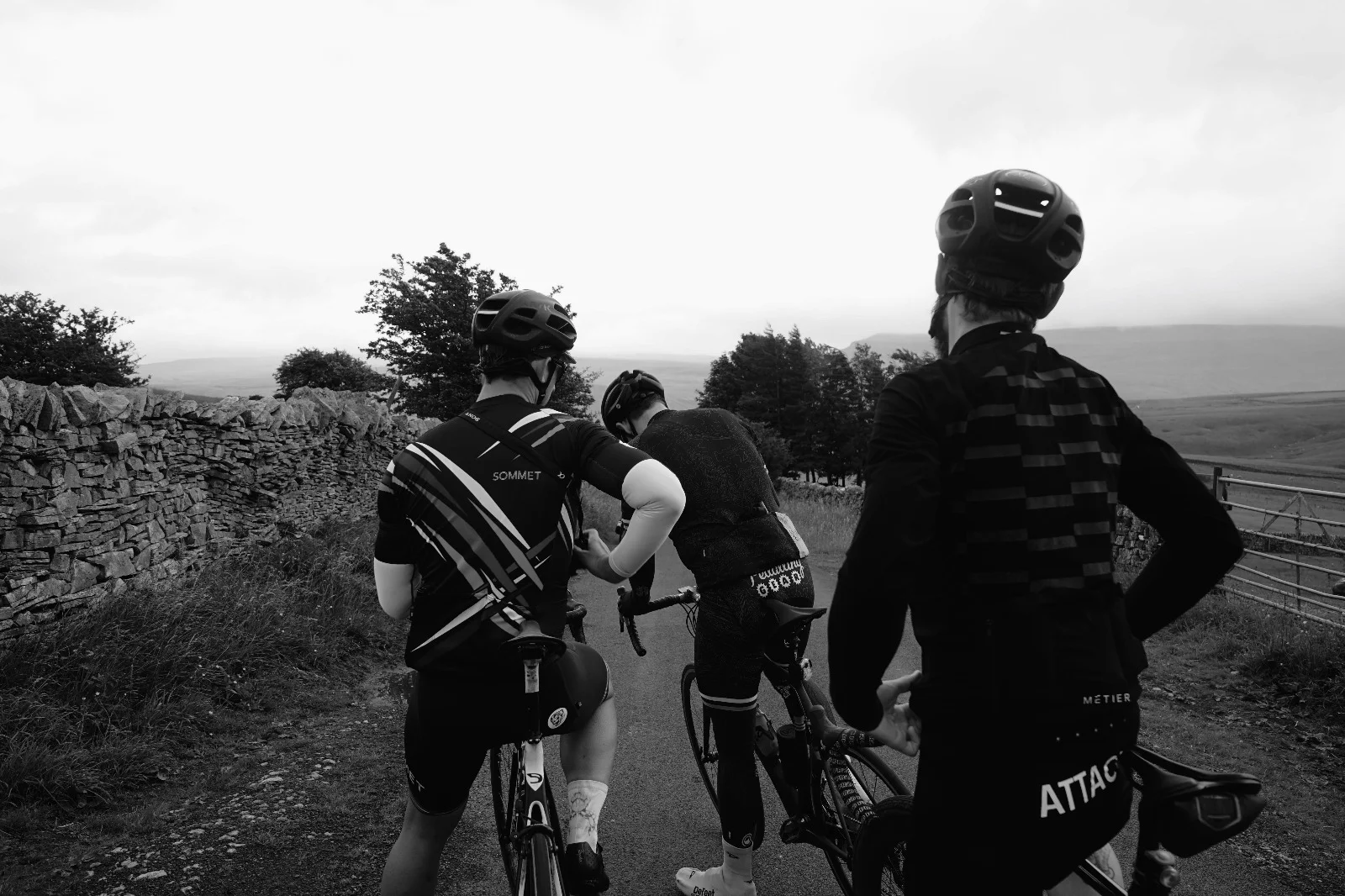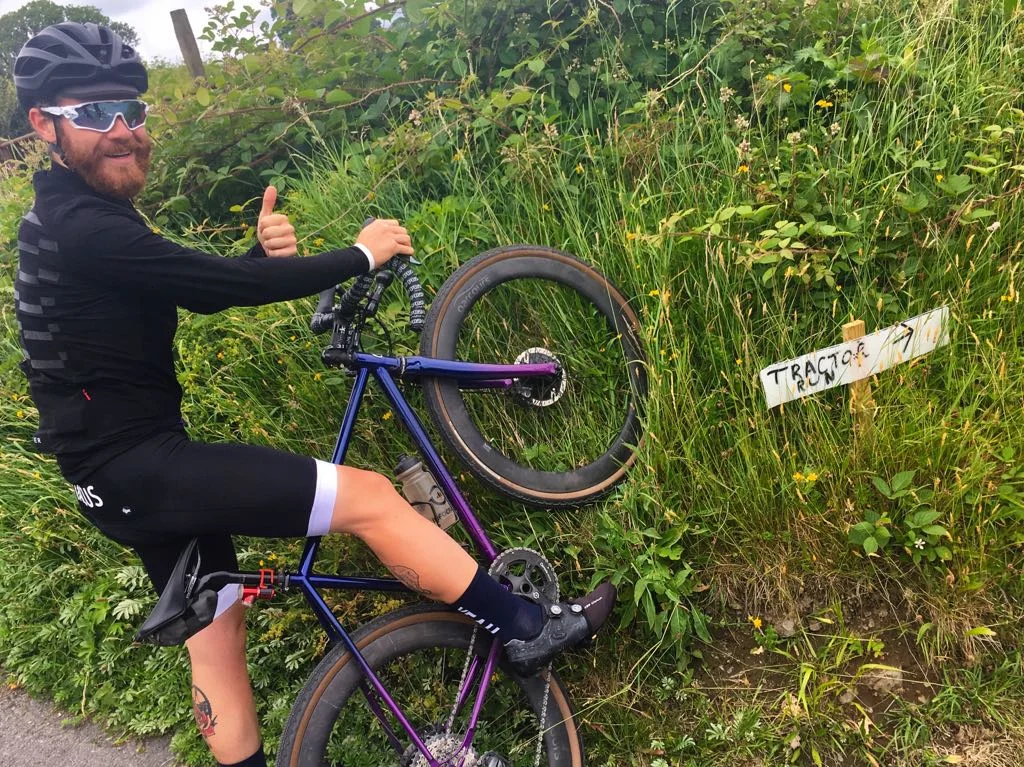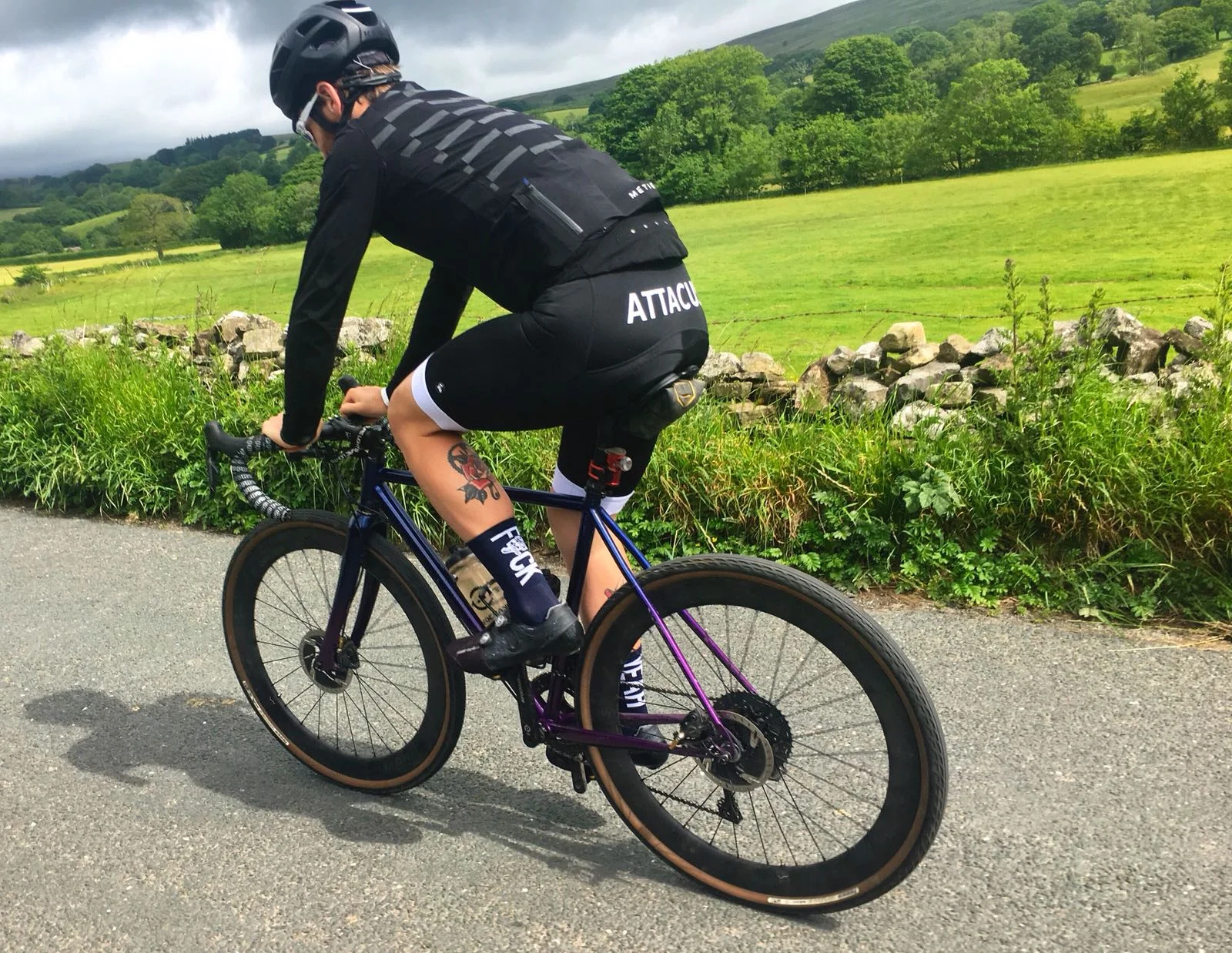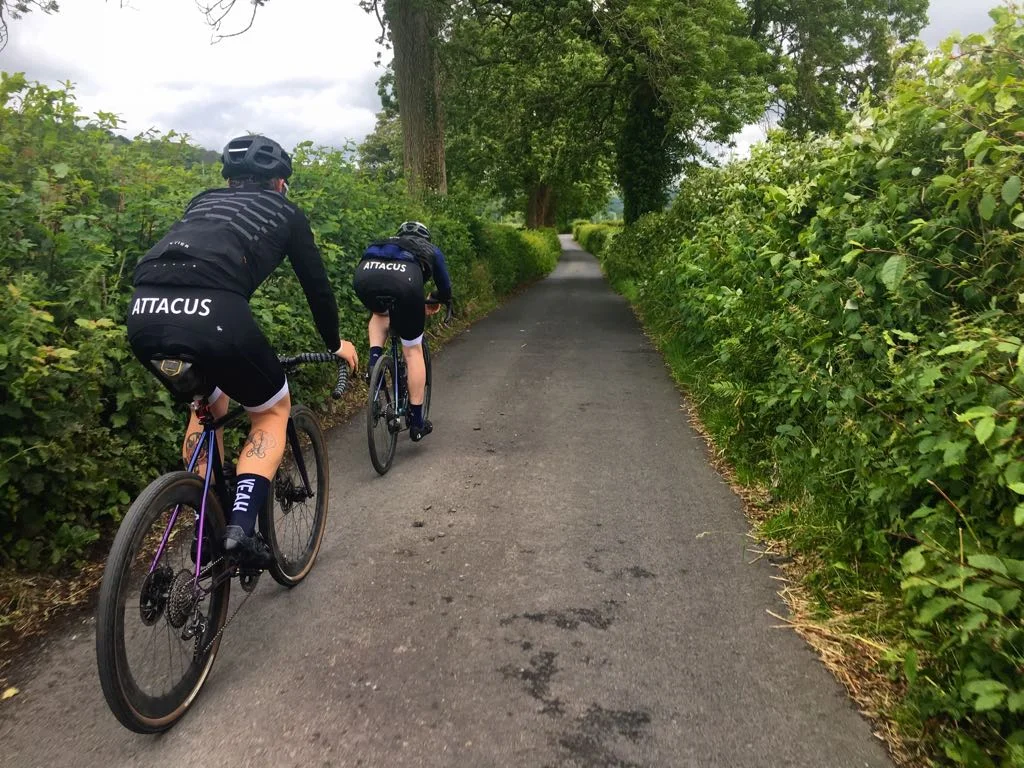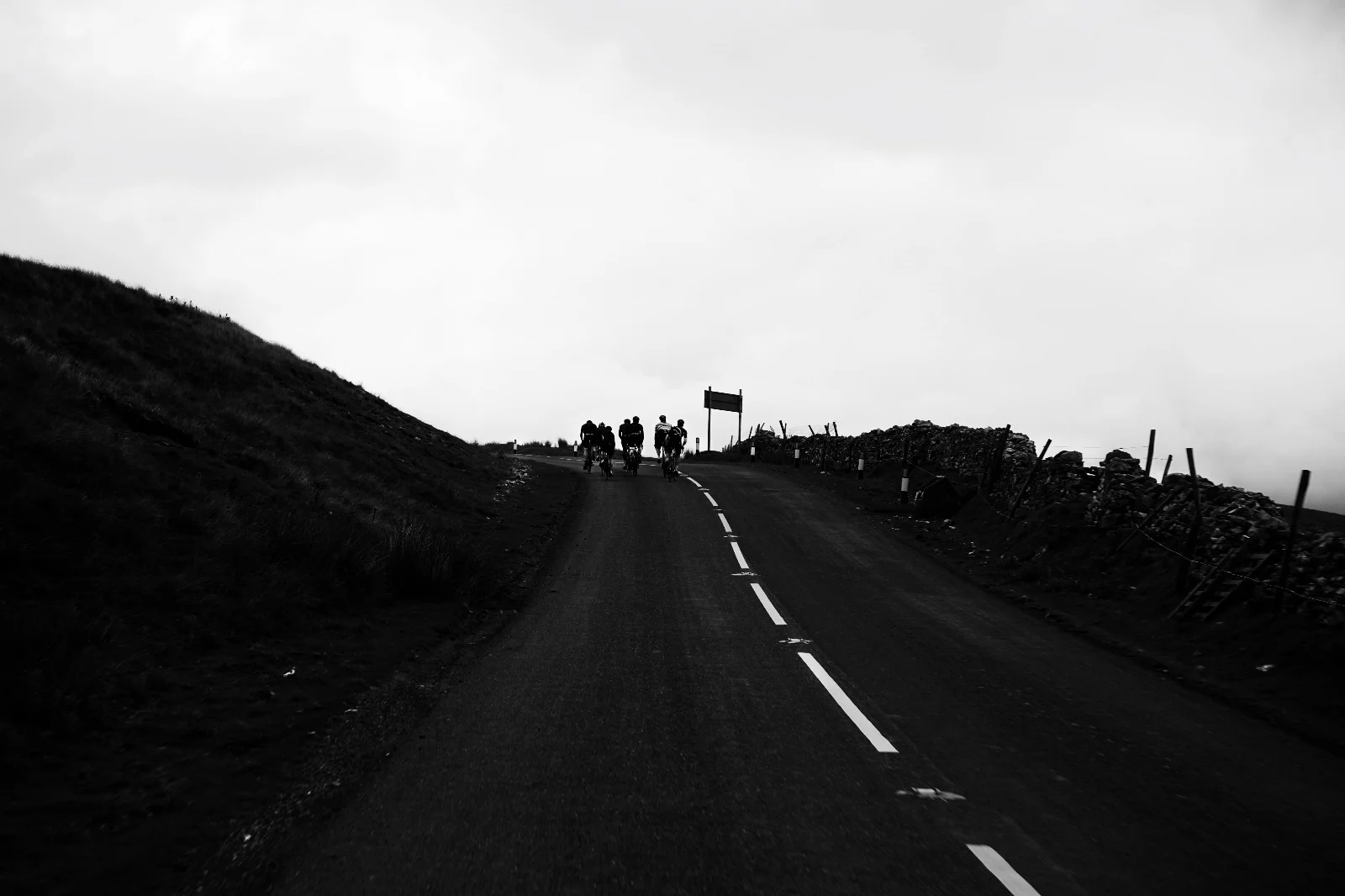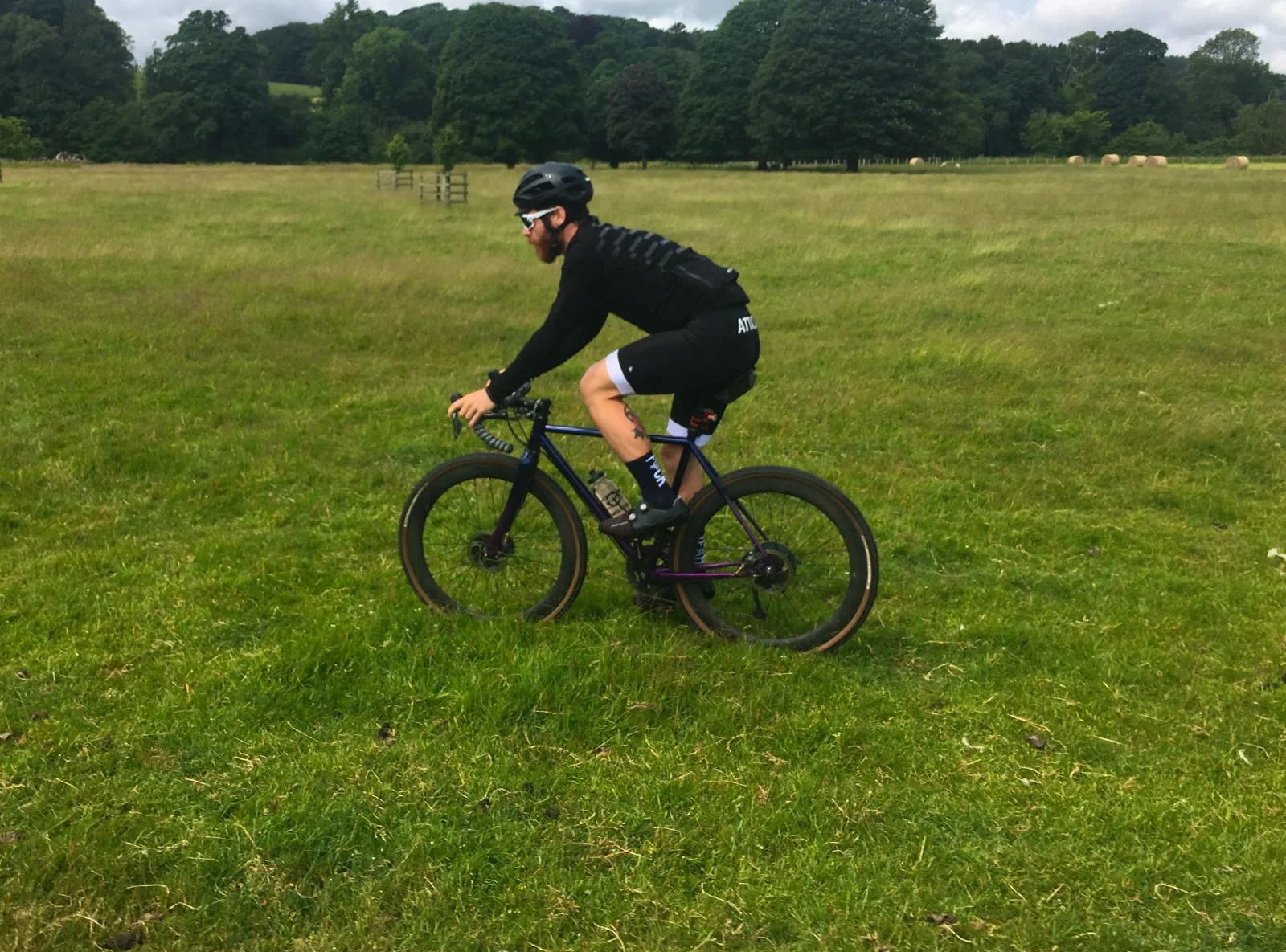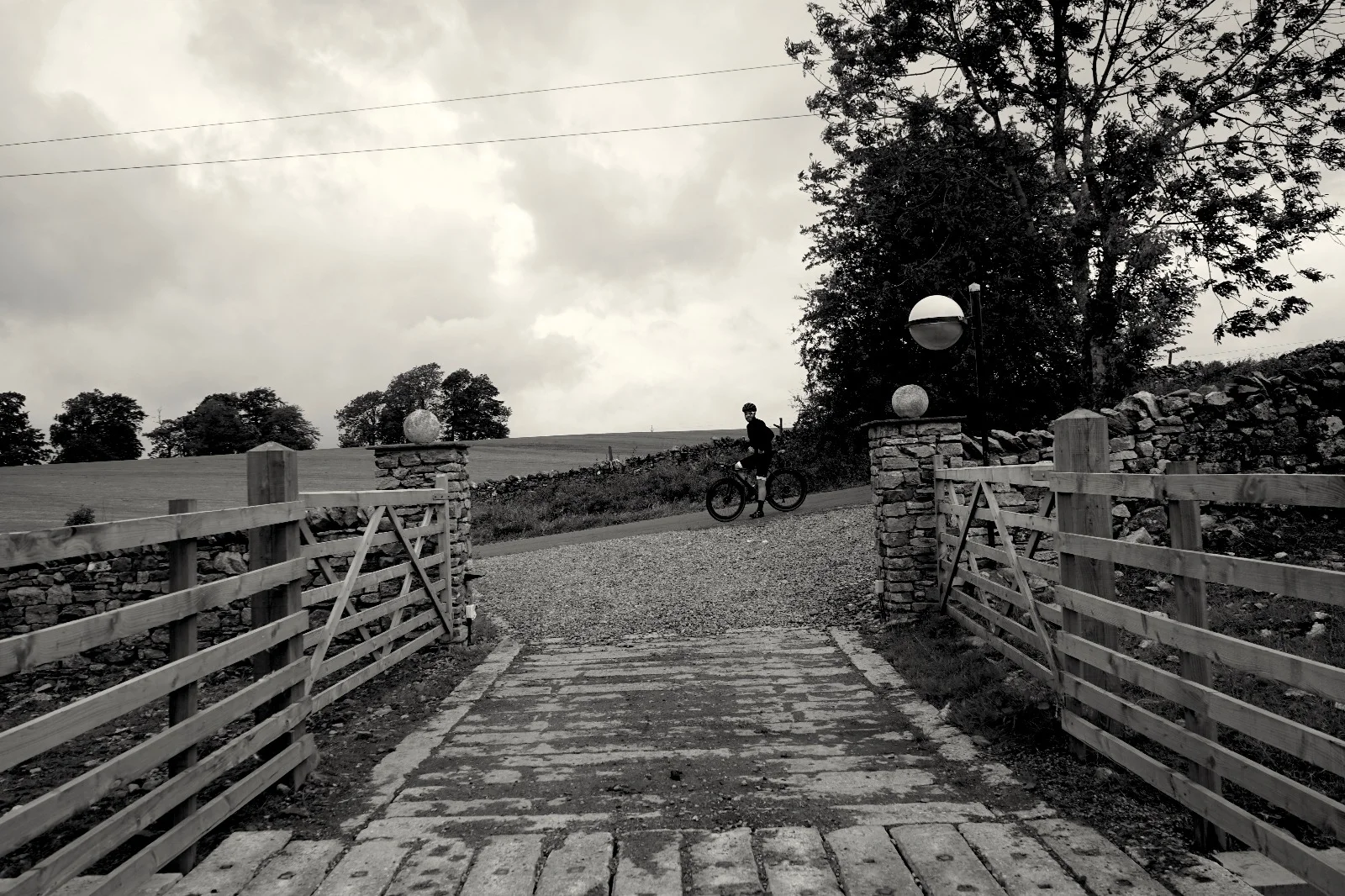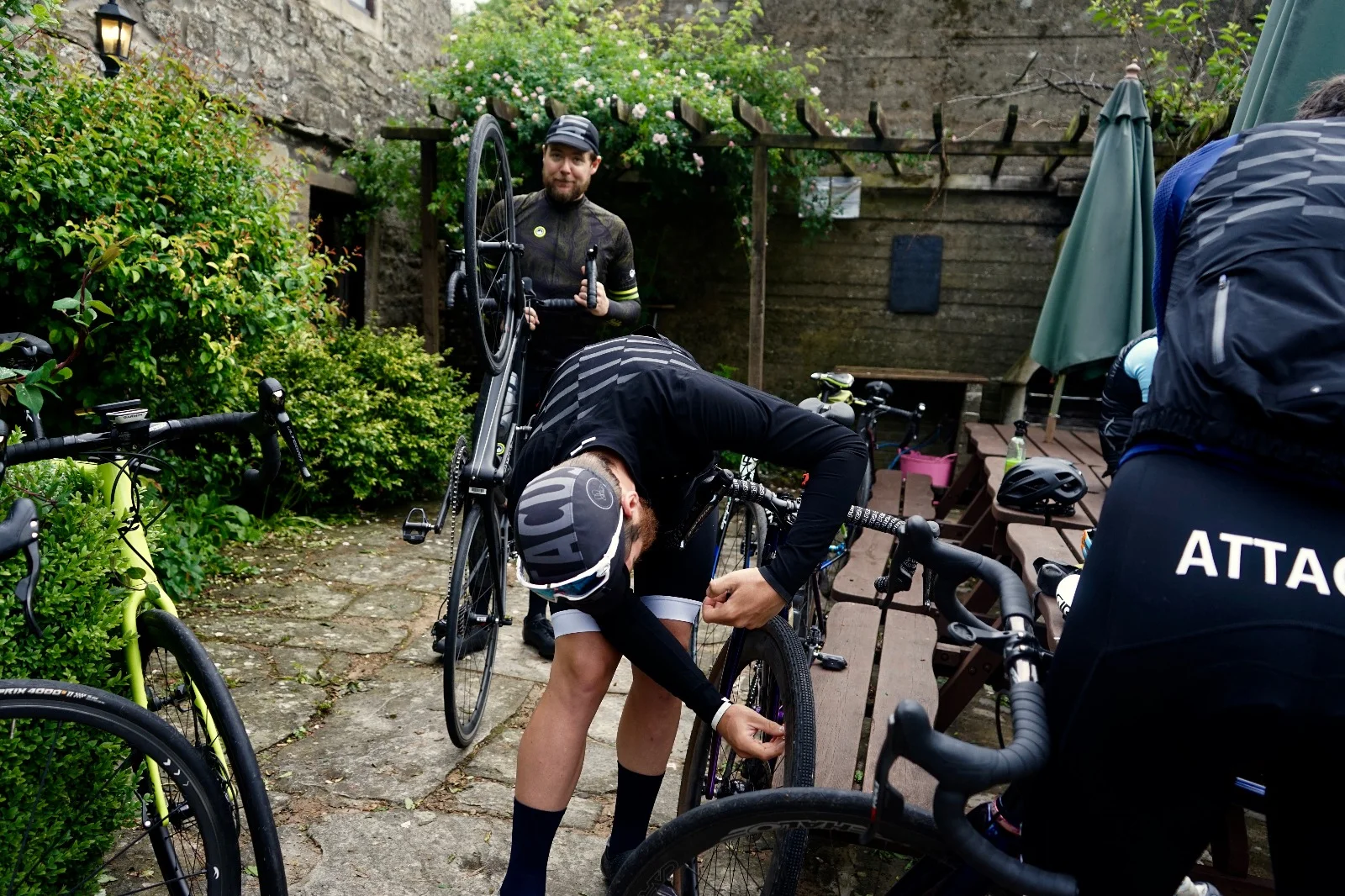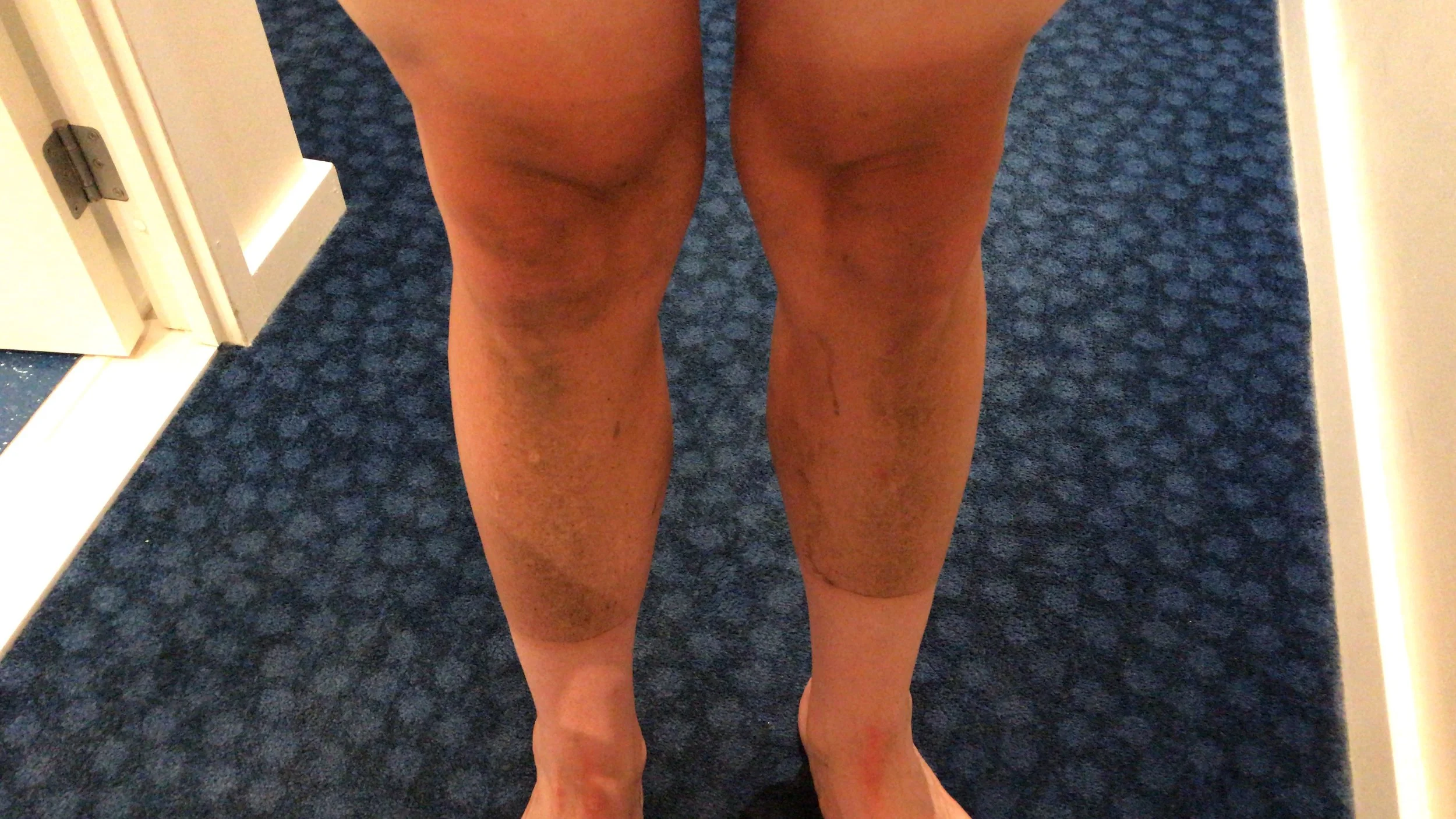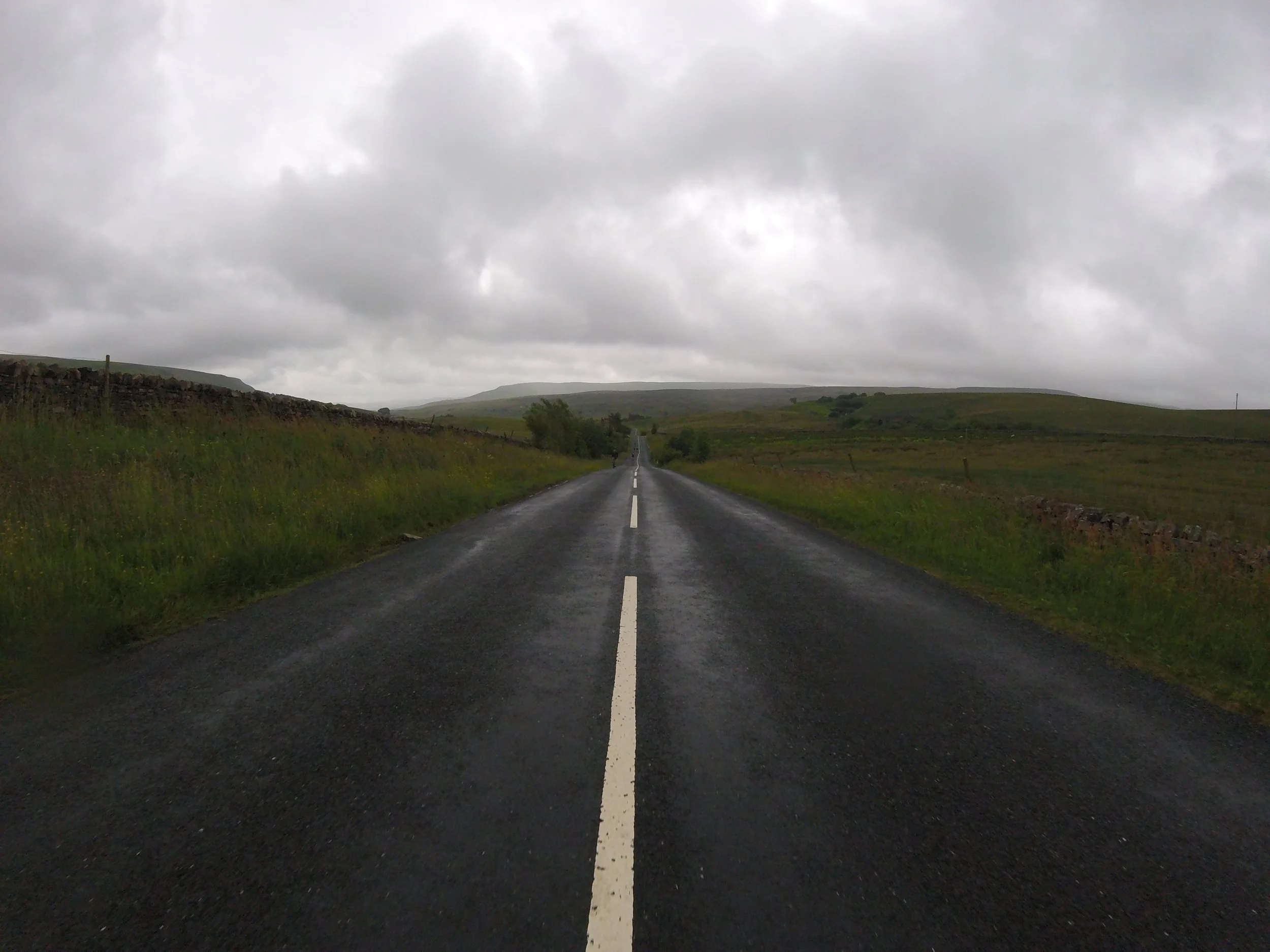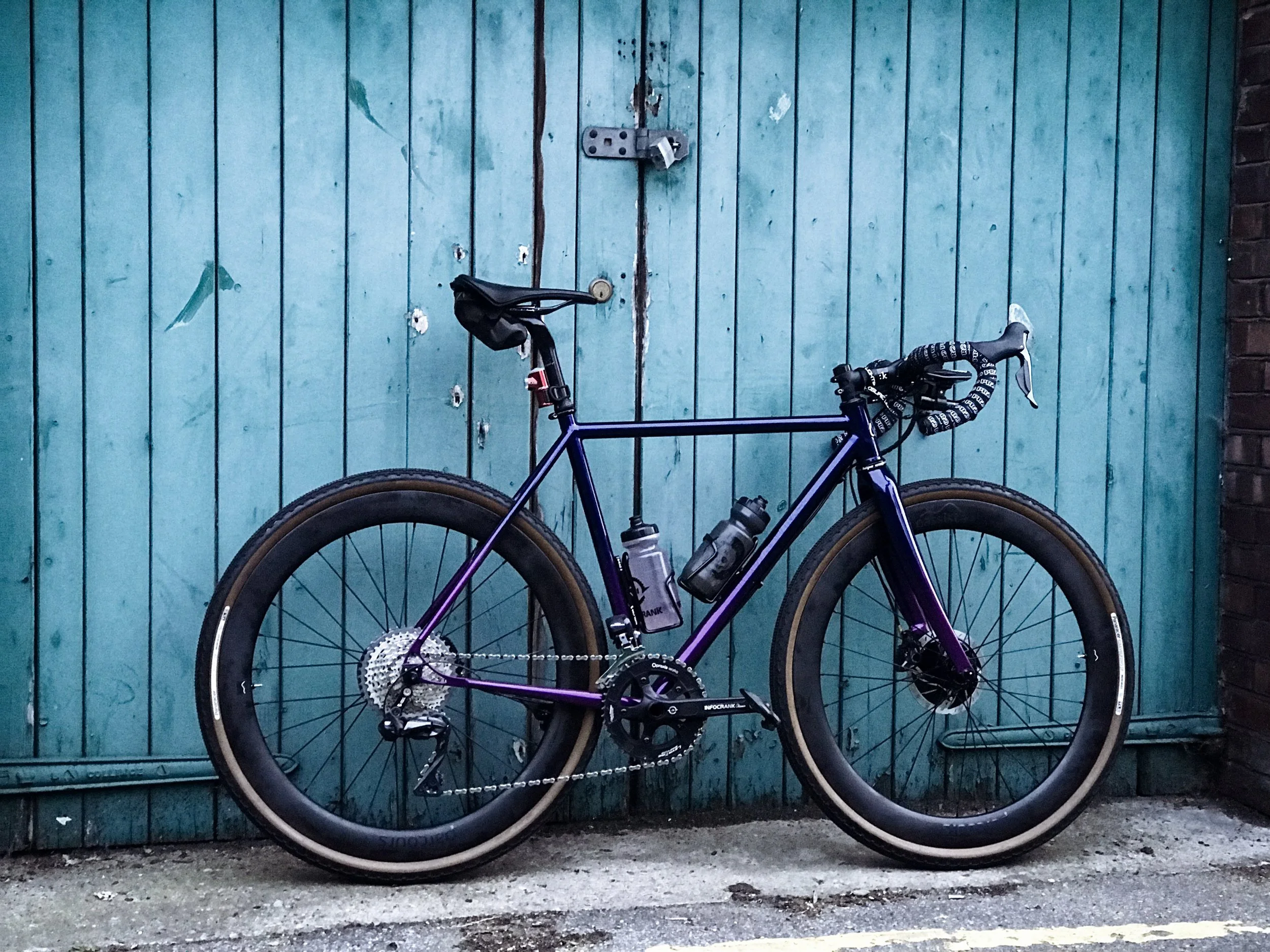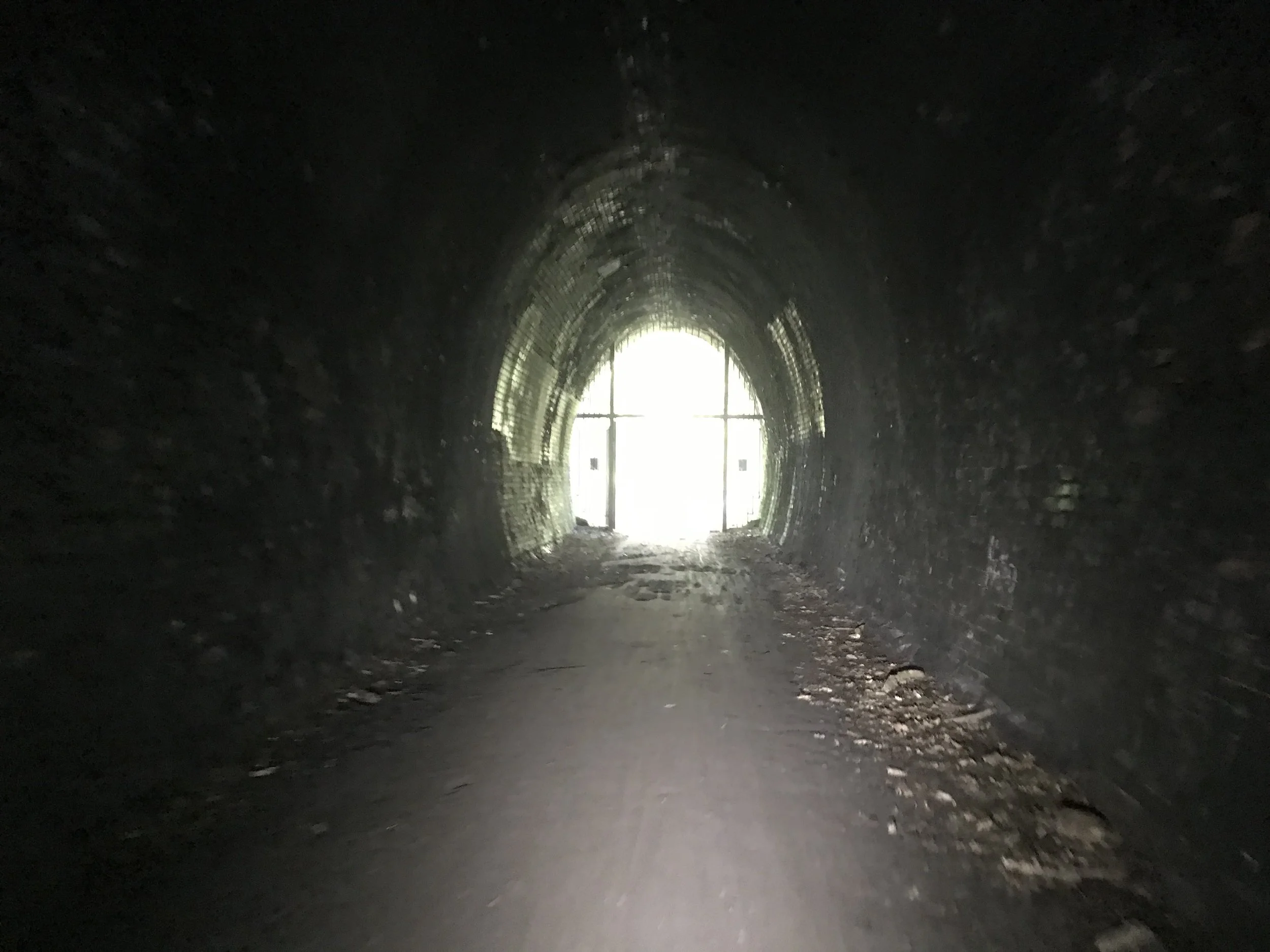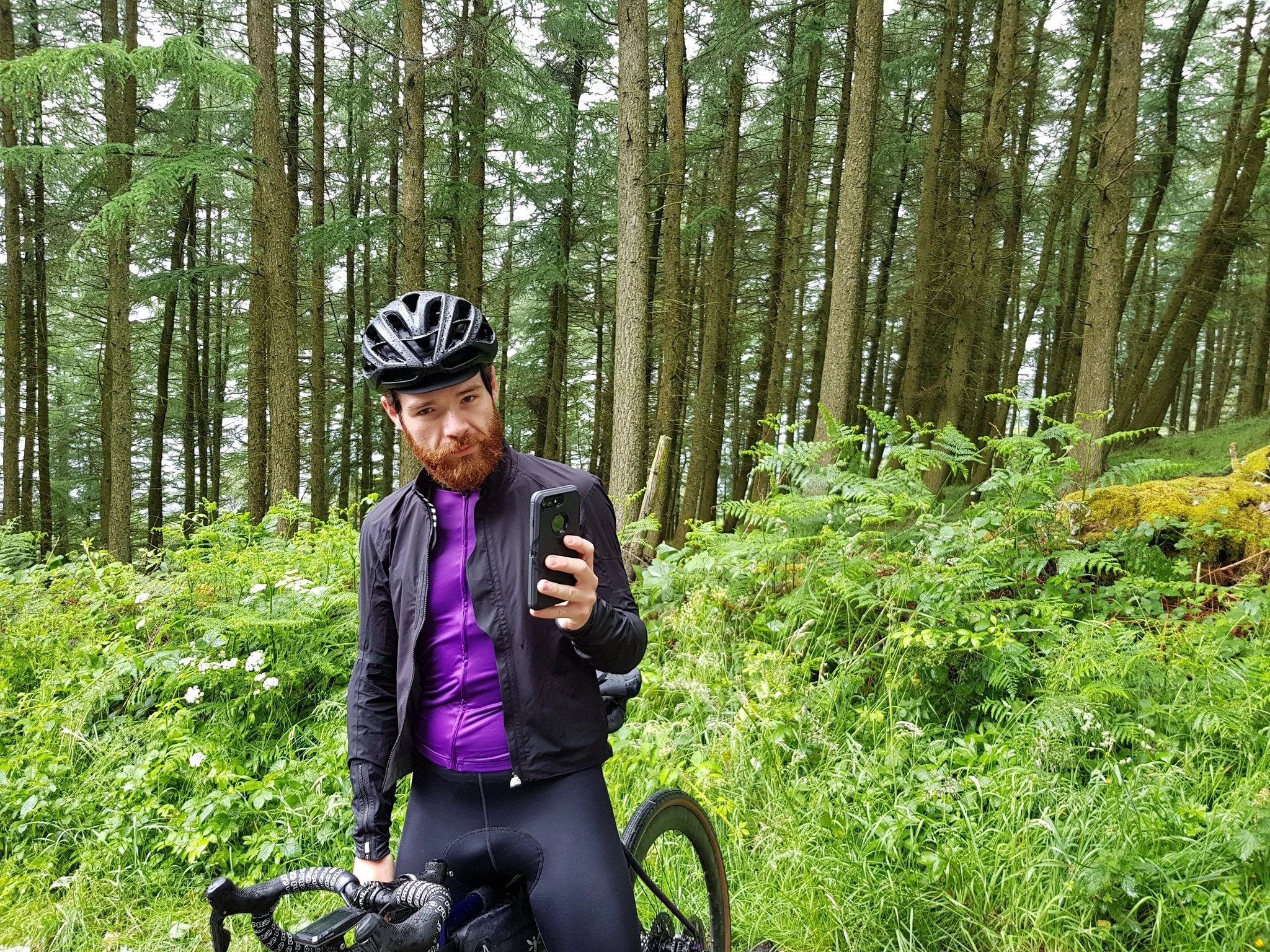The Cervélo S5. launched very late in 2018 has been a bike that turned heads from when it first was released, mainly to do it’s incredibly unique front end design. To be frank, it’s a bike that looks like it’s come straight out of a Sci-Fi movie.
I have, which I think is probably quite well known, own an old MTN Qhubeka team bike previously belonging to Edvald Boasson Hagen which, has been lovingly repainted to match his old National Champs bike from those days. I’ll be writing a post on that bike soon don’t worry!
So how does the new version stack up compared to the previous?
The new bike joins the large group of aero dedicated road bikes with disc brakes, the ability to fit wider tyres, (28c) and a radical new design in the stem and handelbar.
What does this front end mean? Aero really is everything. Improved aerodynamics (5.5watts over the previous version) using its out there V shape handlebar and stem design. Cervelo say that this is pretty close to maxing out the aerodynamic efficiency in the current UCI regulations. With those updates and a new geometry the S5 has become a mighty rocket ship!
So a huge amount of work has been done at the front end of the new S5, but that doesn’t mean Cervélo shied away from the rest of the frame, it’s just less visually pronounced. Changes have been made on the rear, including a newly designed seat post and newly shaped seat stays, including how they meet the seat tube.
So that front end. I thought, before actually spending time building it up that it would be tricky to work with but I was pleasantly surprised! It is the result of many hour of aero testing according to Cervélo and this design was found to be the fastest through the air compared to any other bar and stem combination. It is that big v-shaped gap that allows the air to move much more cleanly through that area, instead of being disrupted like a conventional setup would. The design harks back to an old front end that Cervélo had developed on an previous version of the P5. Not only that but Cervélo’s research shows that the air was quicker to re-attach to the top tube and smoother around the riders legs, thus meaning overall there was less drag. Proper geeky stuff.
When I have spoken with Cervélo about how this bike would be to work with a mechanical groupset, that also lead massively into the reasoning to the design. Cable routing as well as adjustment was a consideration here. Whilst electric cables are easy to route, you often see in aero disc brake bikes from other brands that they do not offer a mechanical groupset version, usually because of too many kinks in the cables. In the UK, the Ultegra mechanical groupset version of this bike is one of Cervélo’s best selling bikes! It allows you to be able to have a top end aero road bike that has none of the aero compromised with a cheaper offering as the electronic versions are obviously pretty pricy.
Something important to mention when explaining a bit about that front end and how the stem rises. Don’t be fooled by the rise on the stem, the Cervélo S5 is an aggressive bike, and riding with the bars slammed on my bike sits the handlebars in the exact same place as my previous version. My disc brake S5 has a 120mm stem which is slammed. I have the same on my MTN Qhubeka bike too. The bike itself it not uncomfortable at all, it’s just aggressive, and the ride is actually very compliant; no doubt helped by the slightly wider tyres. After all, if you find the bike too aggressive there’s always the Cervélo S3 you can ride which has 16mm more stack.
Lets talk a bit about my one:
I managed to get hold of this old Sunweb edition frameset from Kingston Cycle Exchange. It came directly from the team, unused! I swapped my old Cervélo C3 and another bike for it and we basically swapped the components out from the C3 to put onto the S5. You can read all about that HERE
So the Spec:
The bike is built up with a mix of Shimano Ultegra and Dura Ace Di2, featuring a Dura Ace power meter 170mm.
The wheels are from Parcours, the Strade wheelset which are super wide and designed around fitting a 28mm tyre. With that in mind I’ve chosen to fit the Schwalbe Pro One TT Tubeless tires, as tubeless is best and the TT version is a crazy rapid and strong tire.
I filmed the build. You can watch it here:







